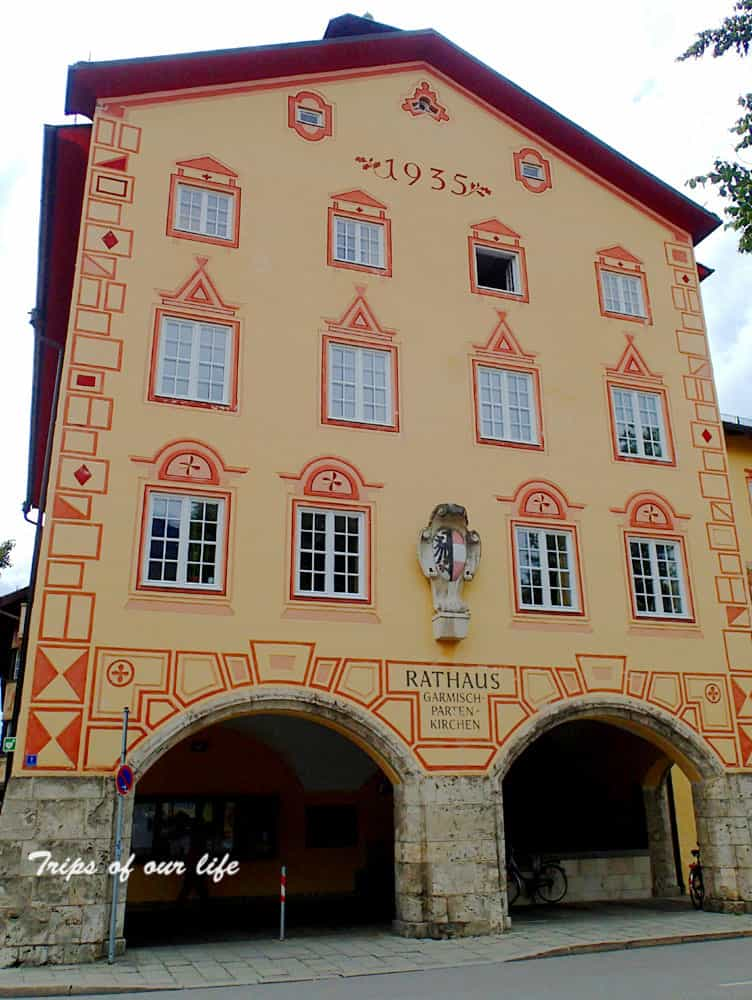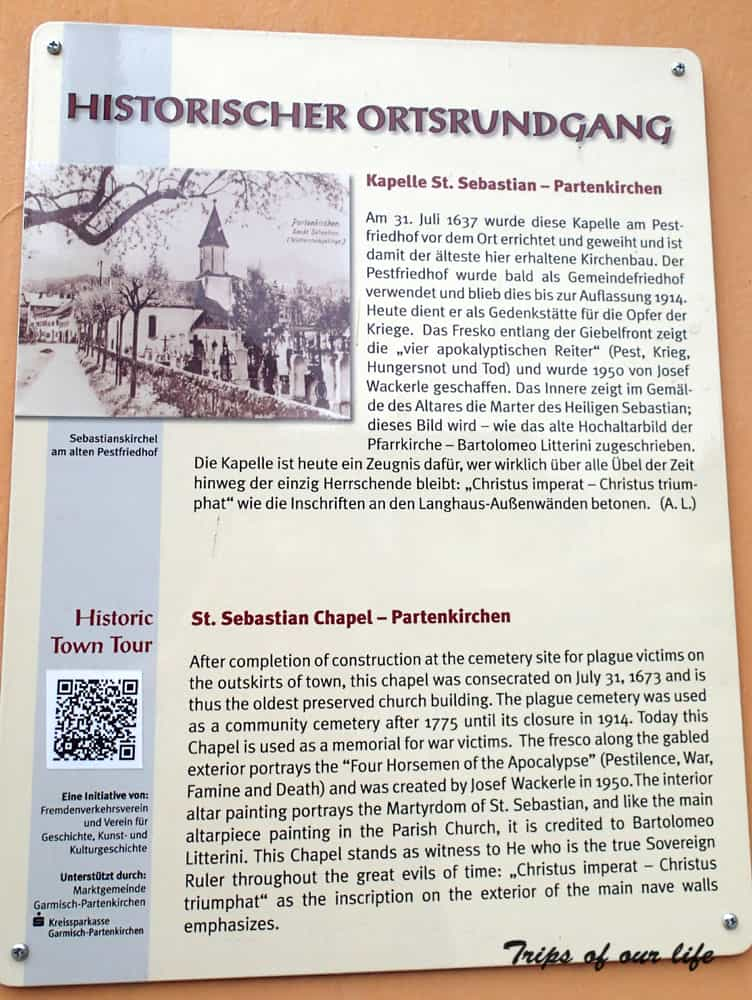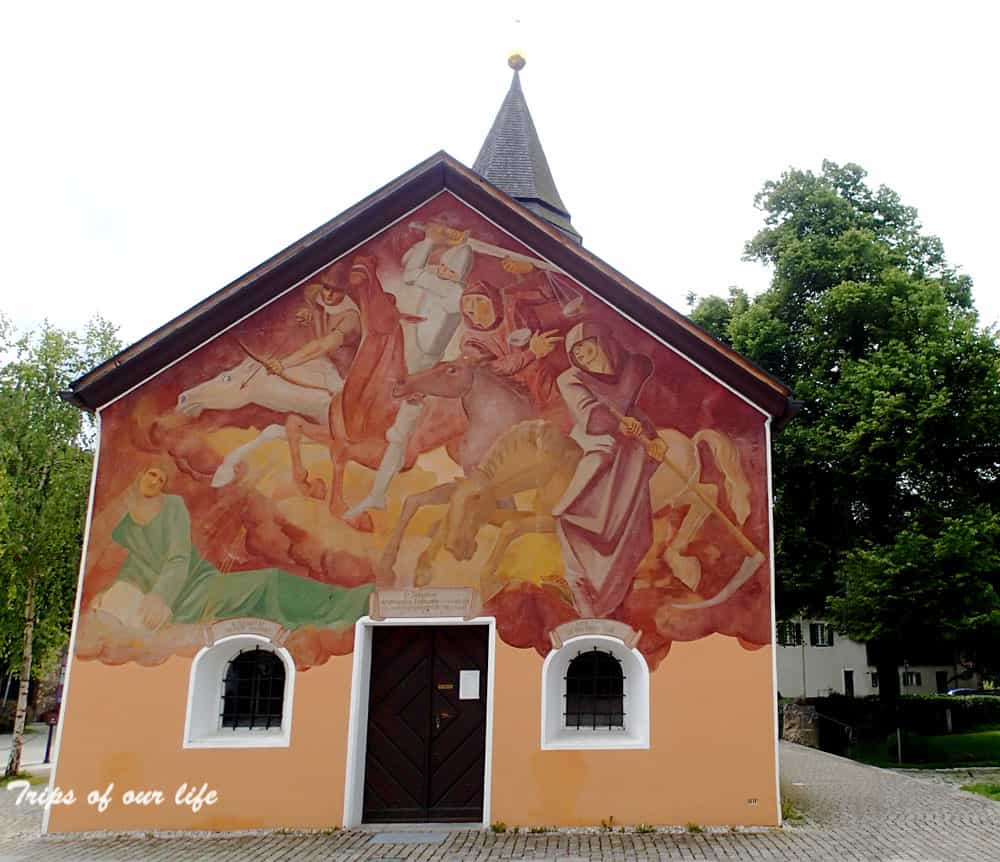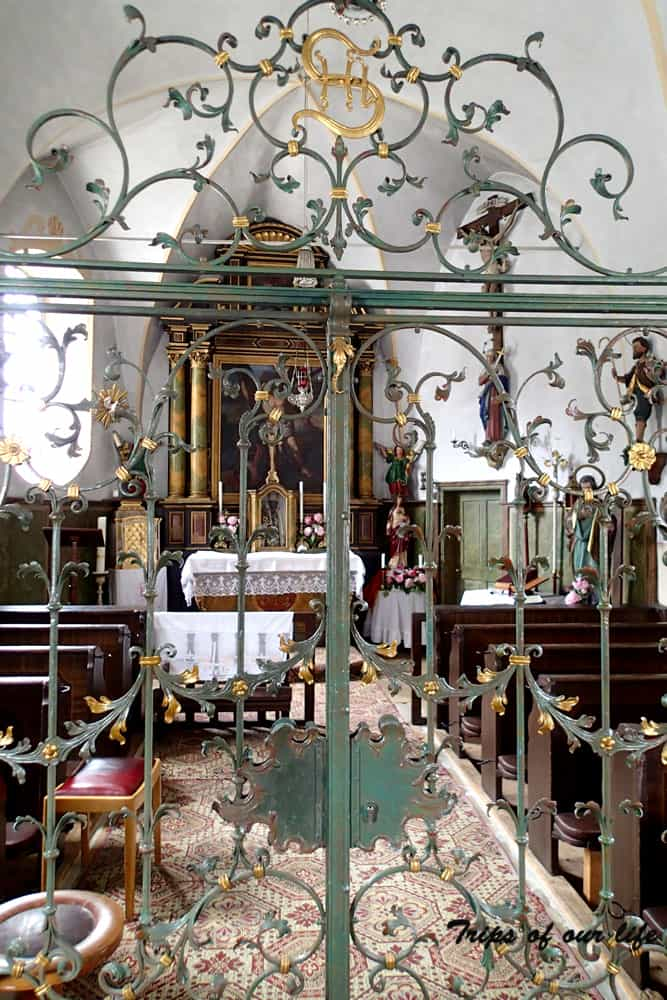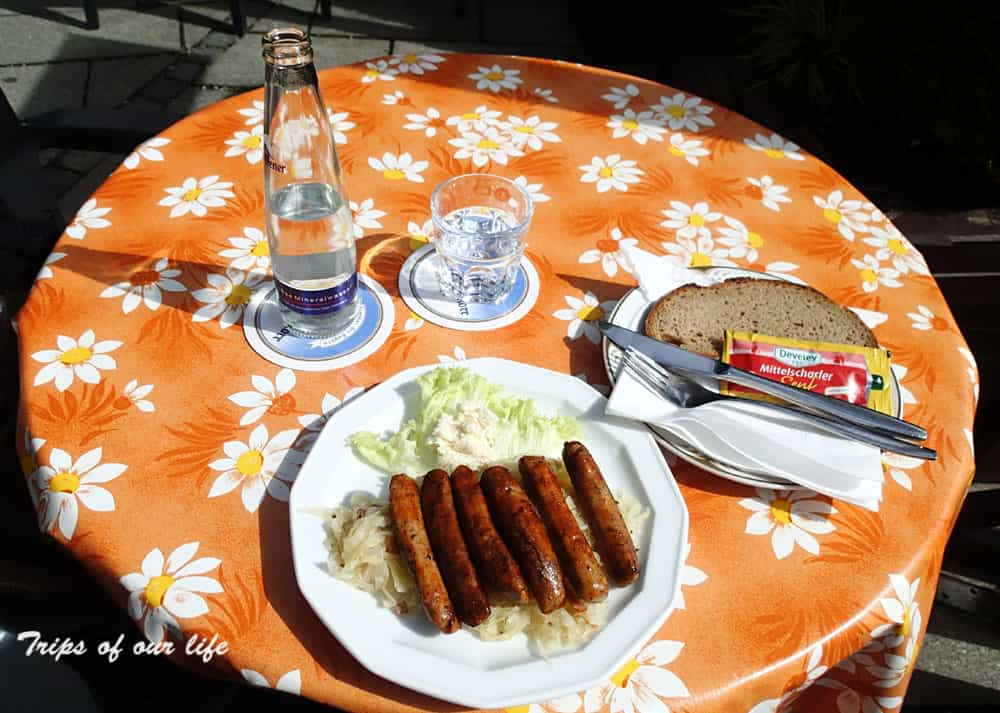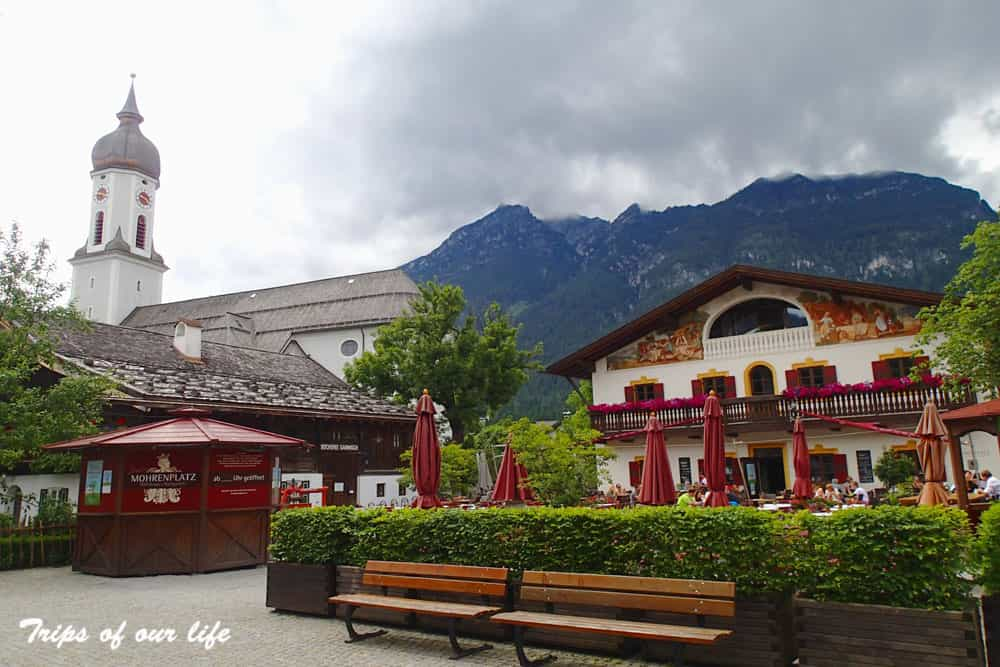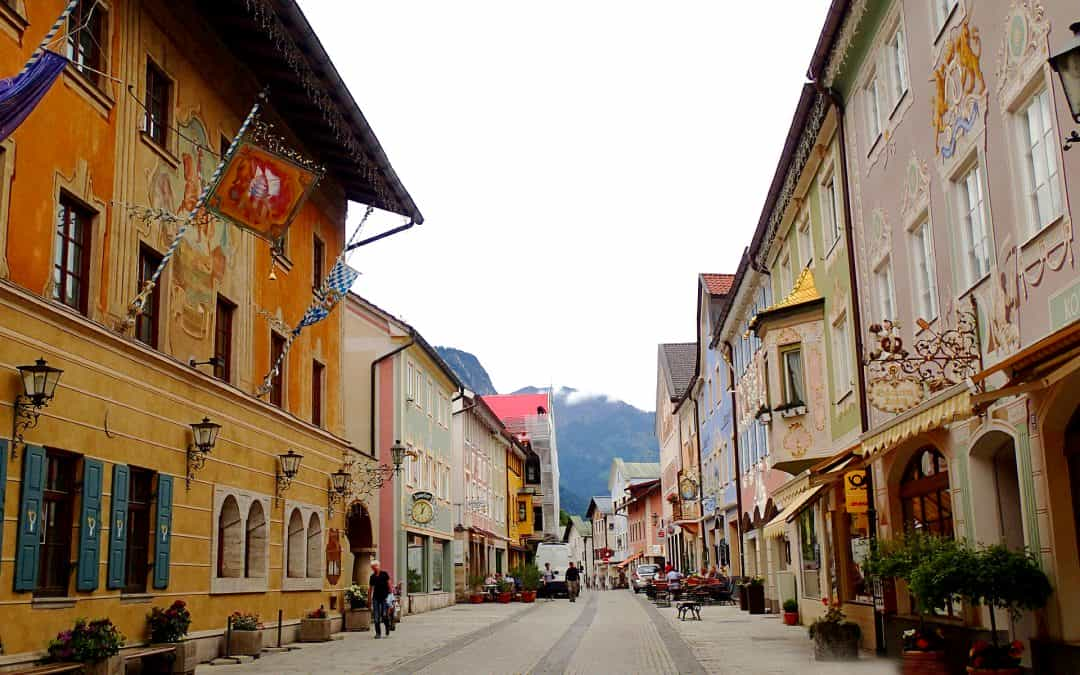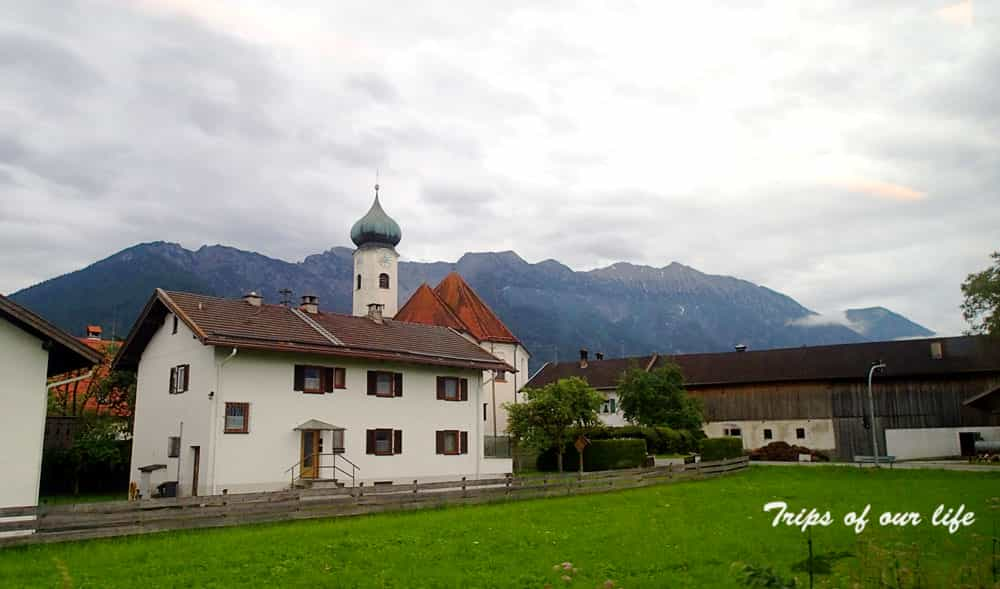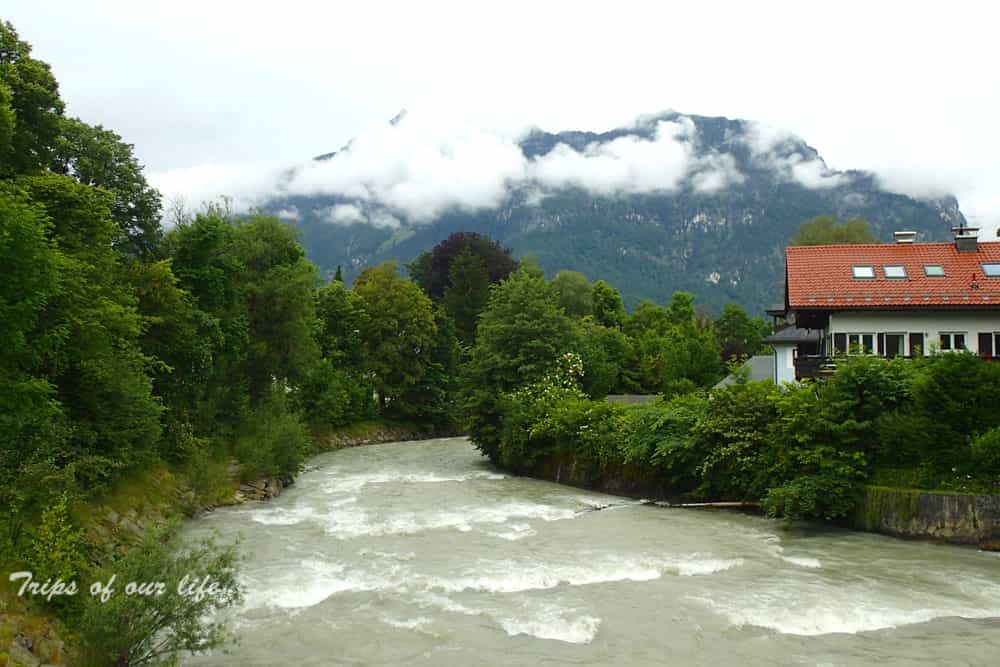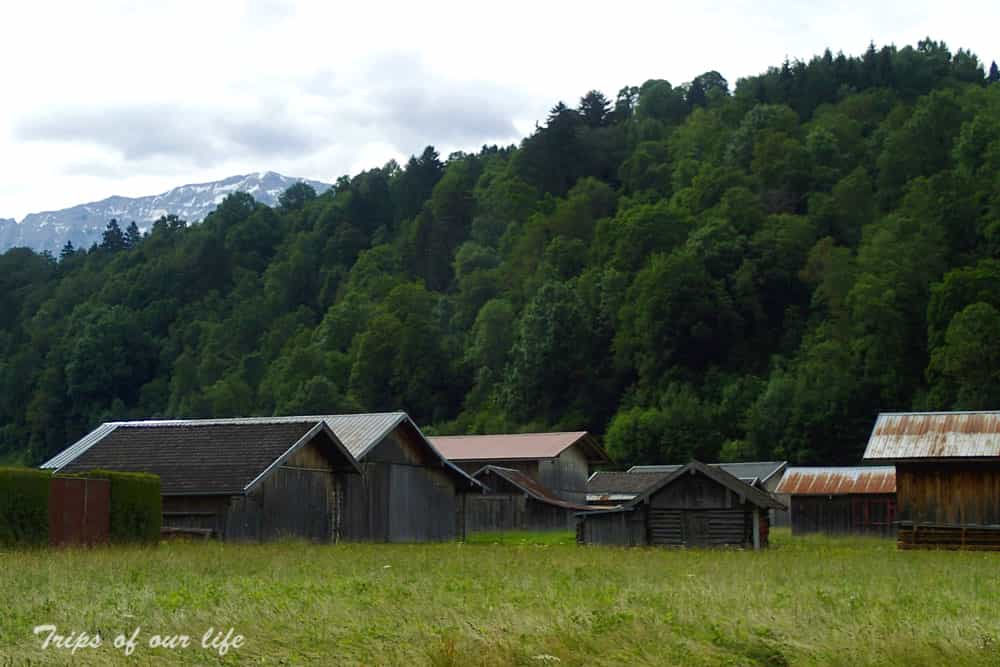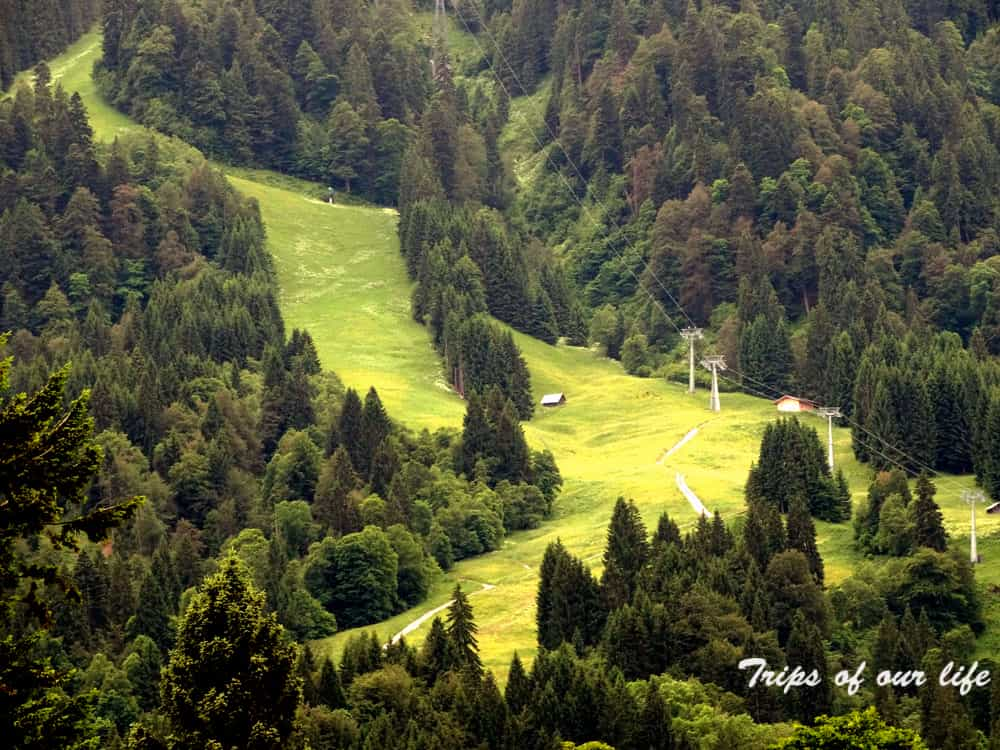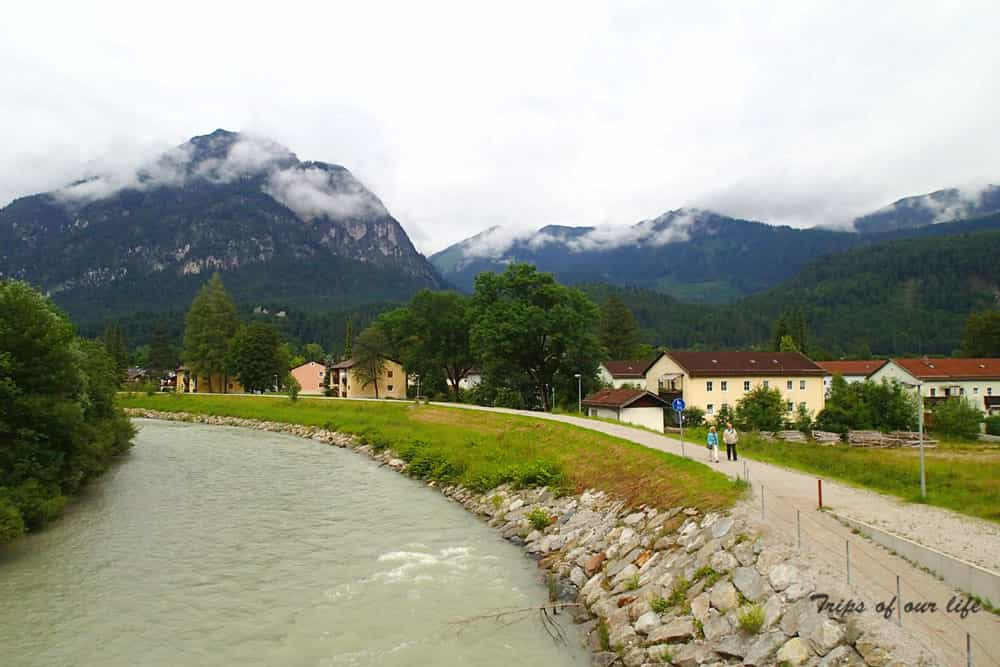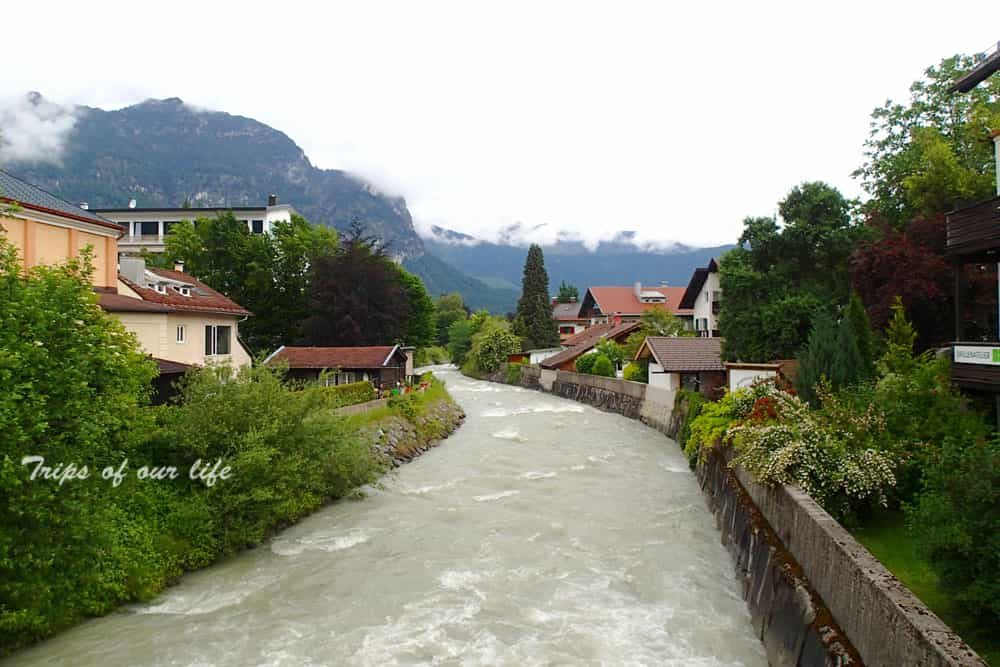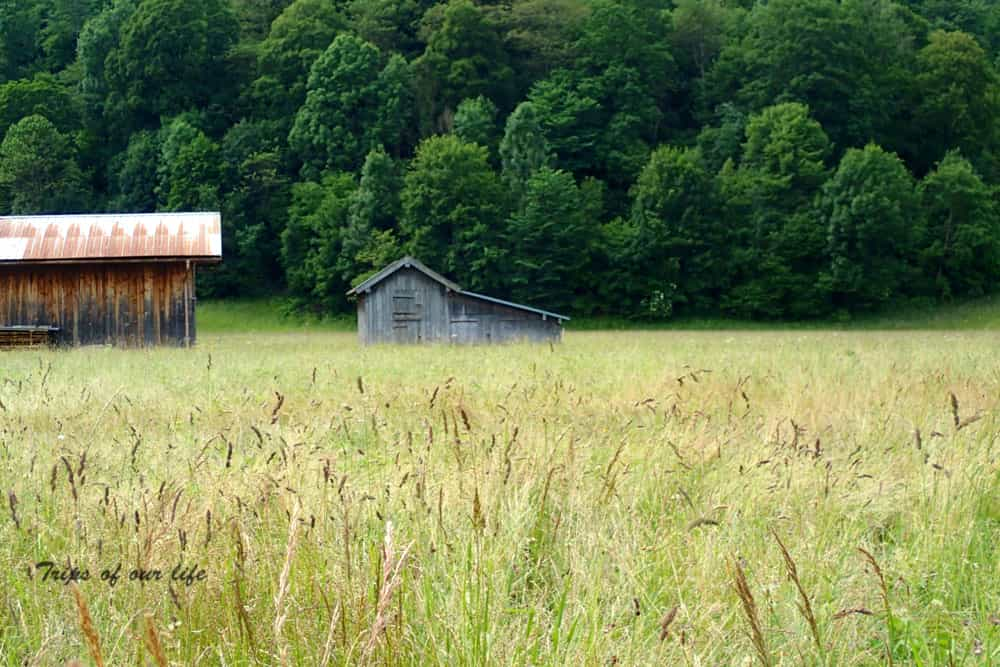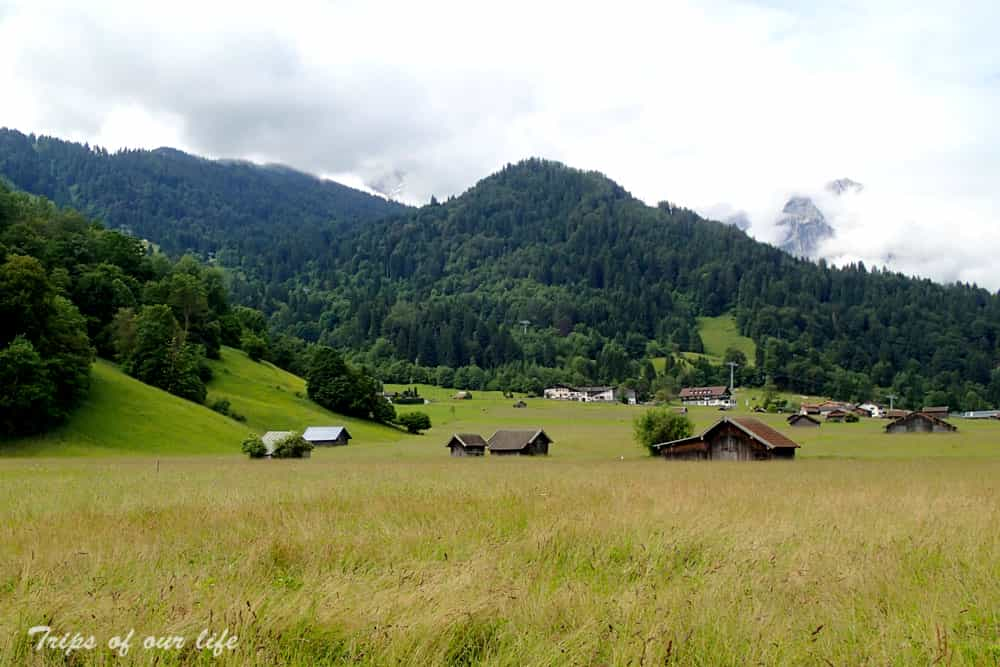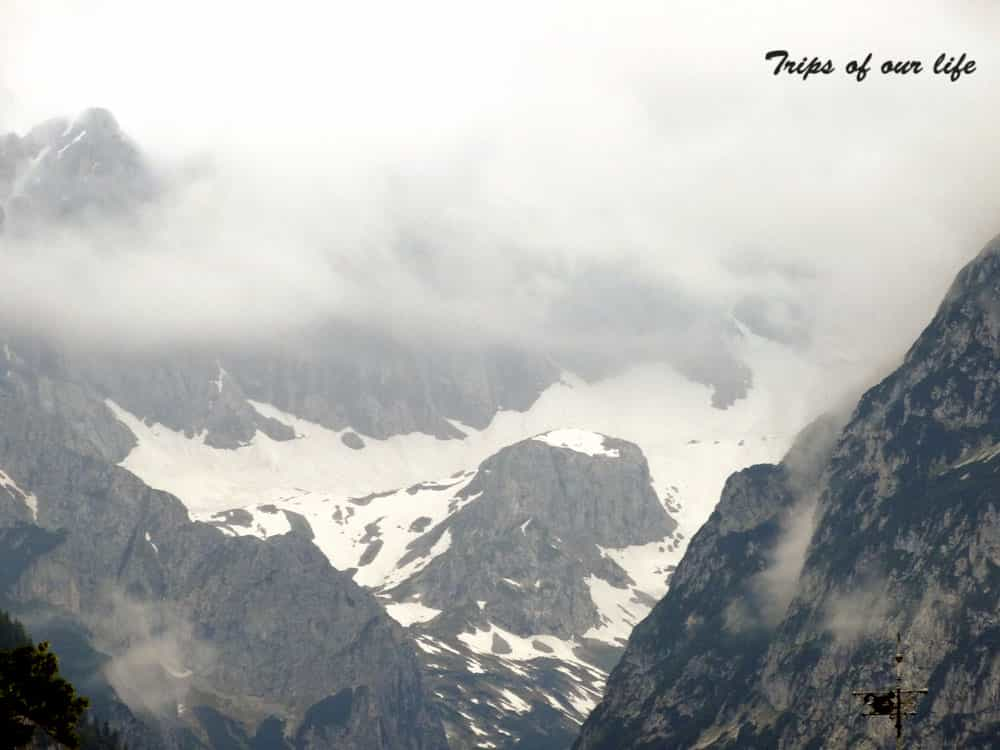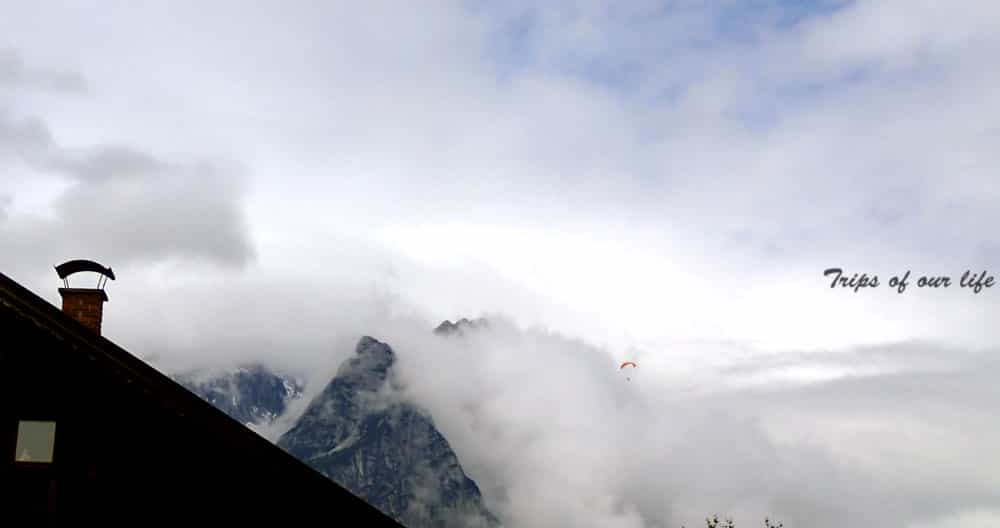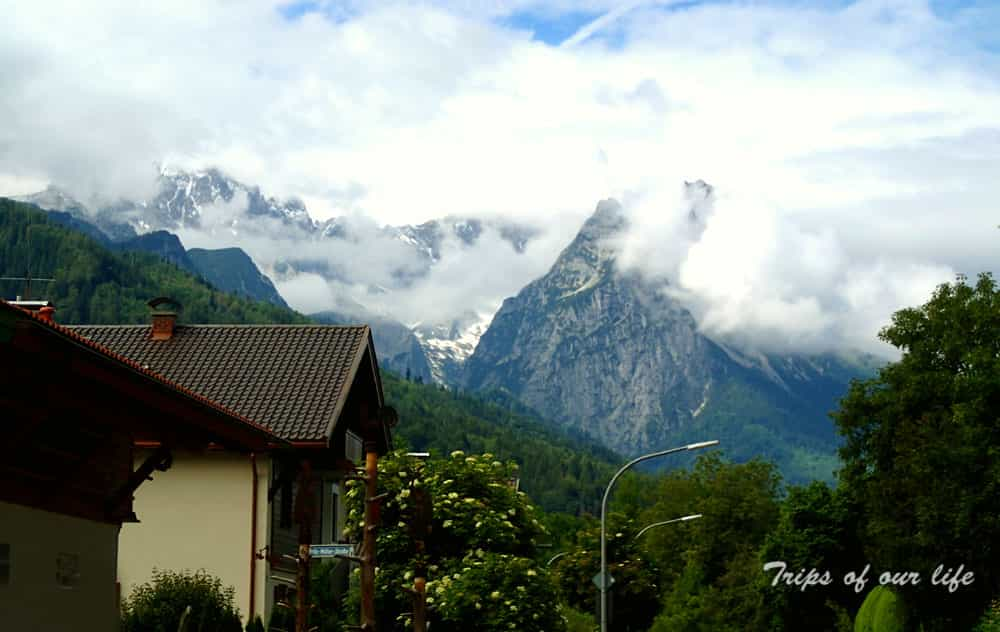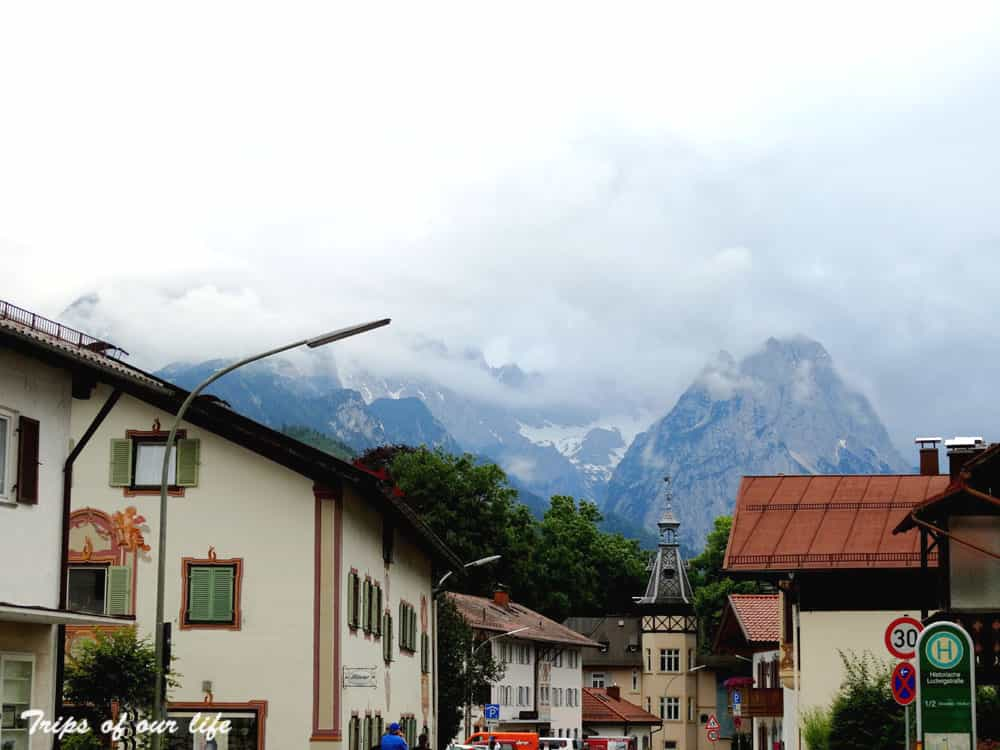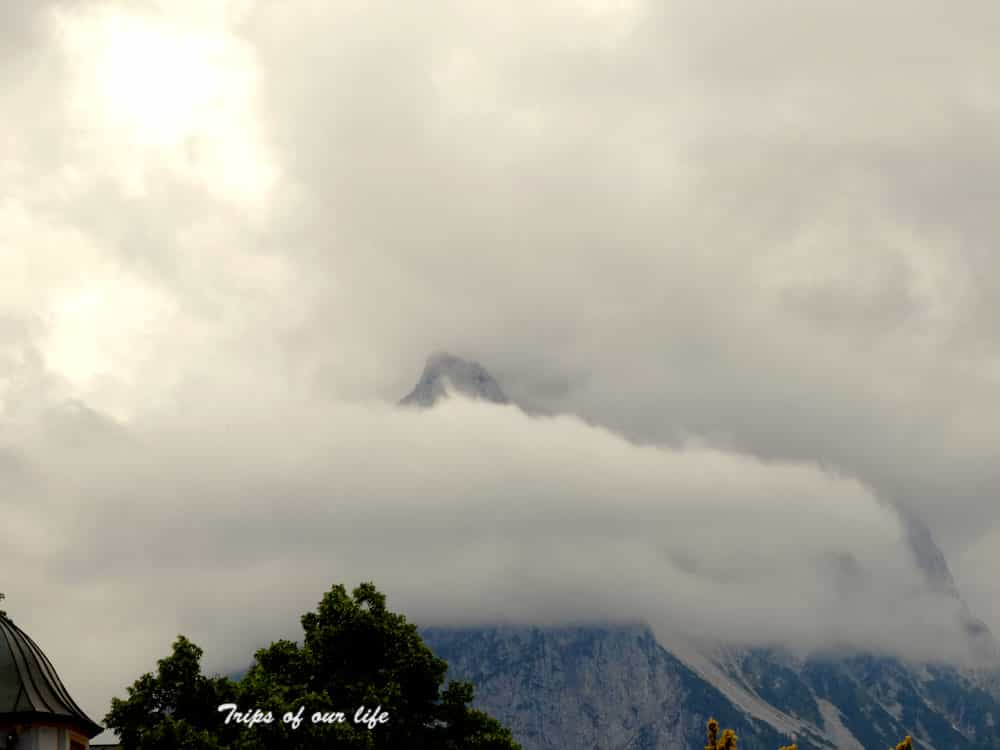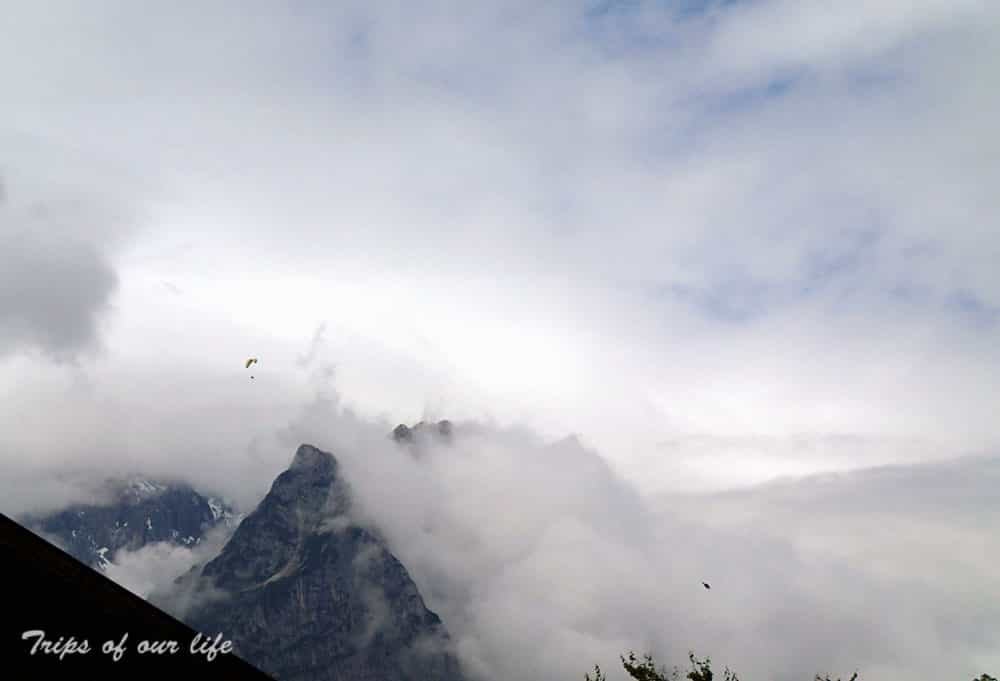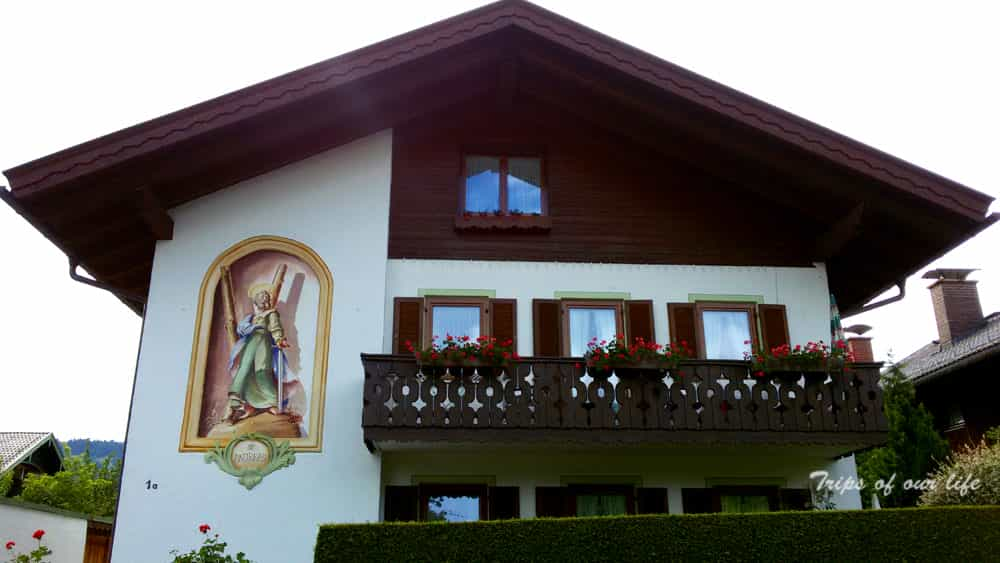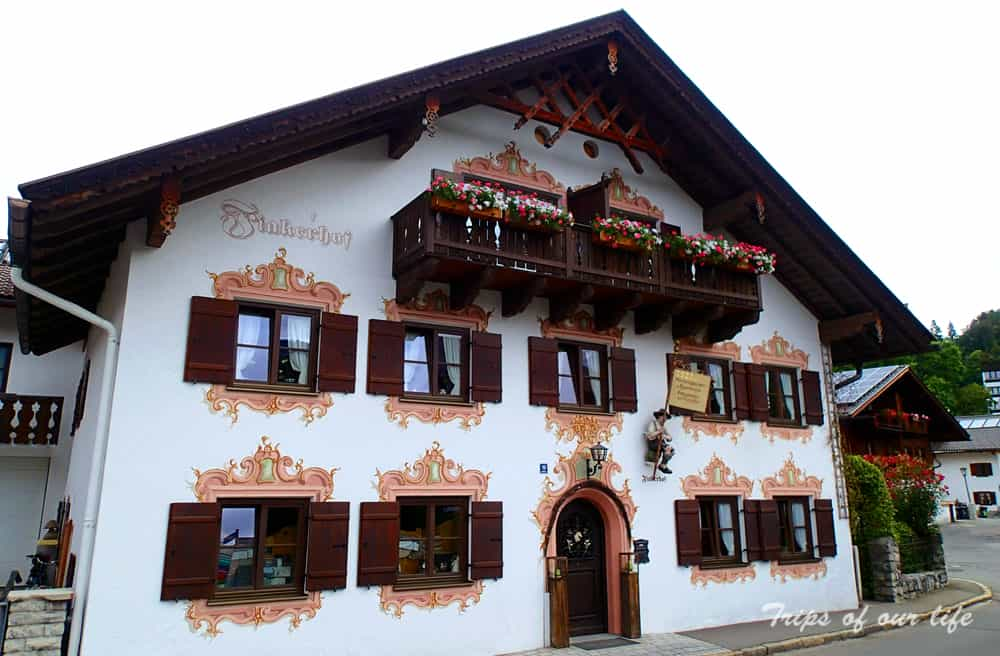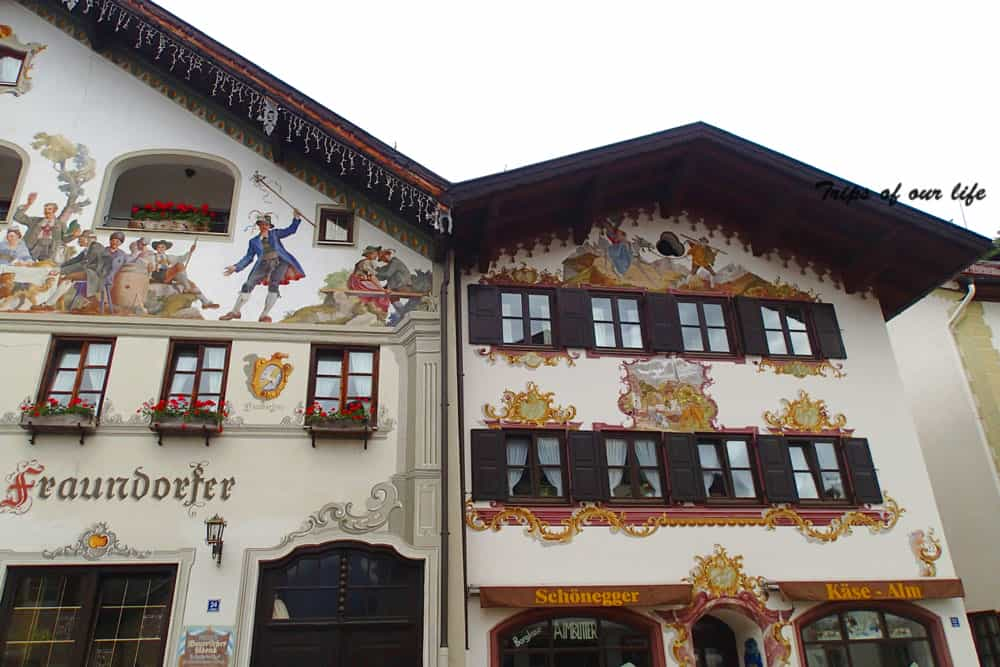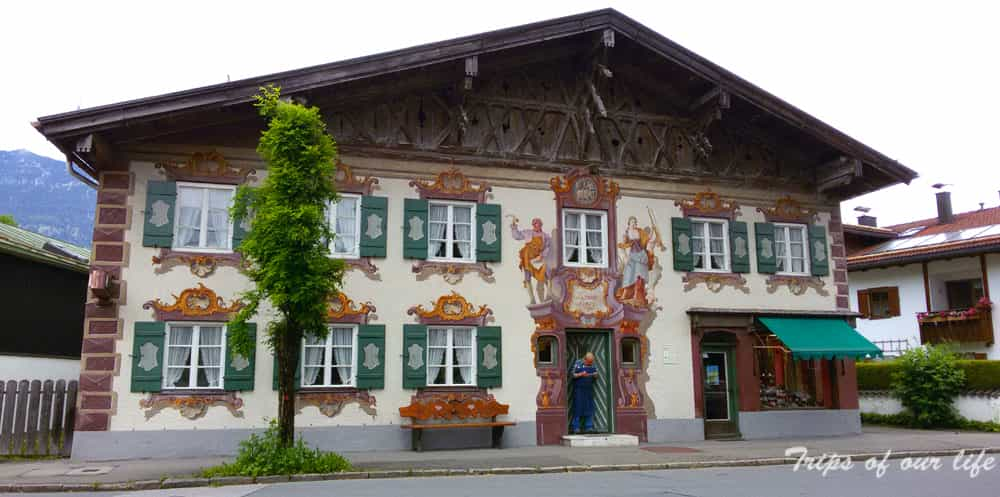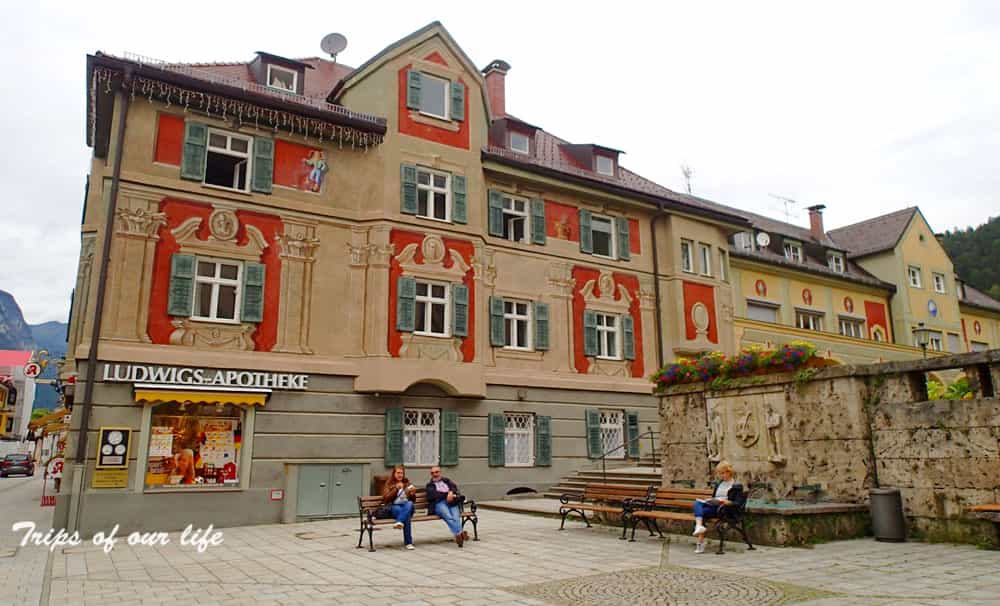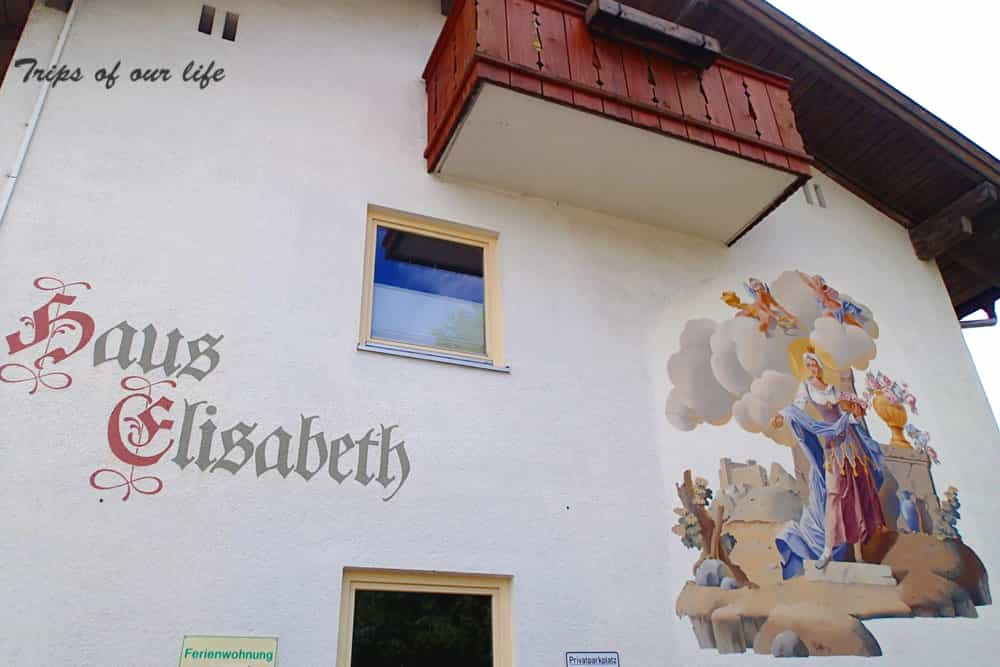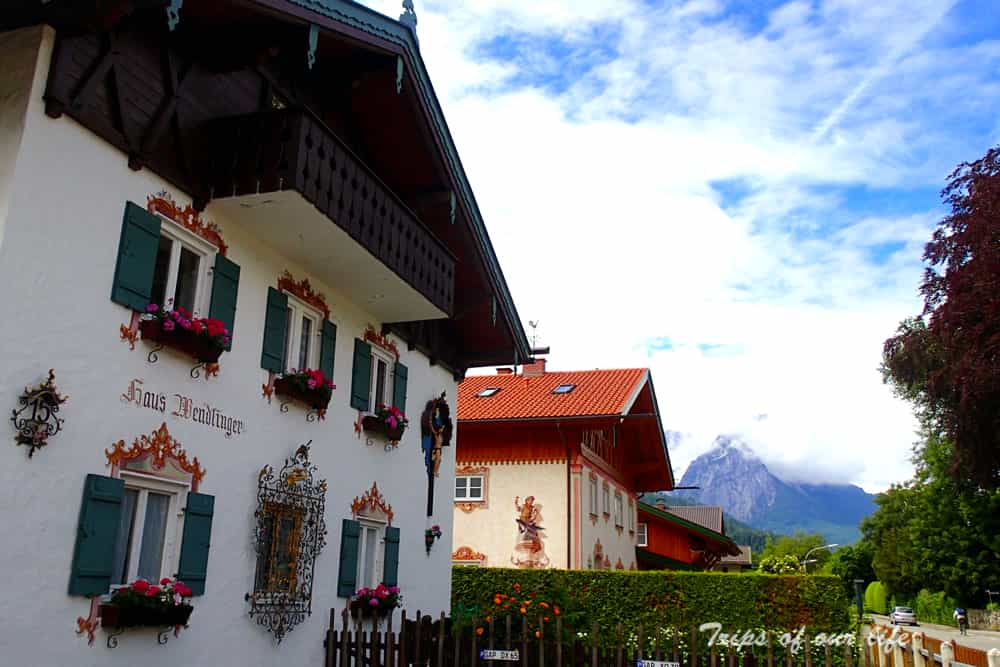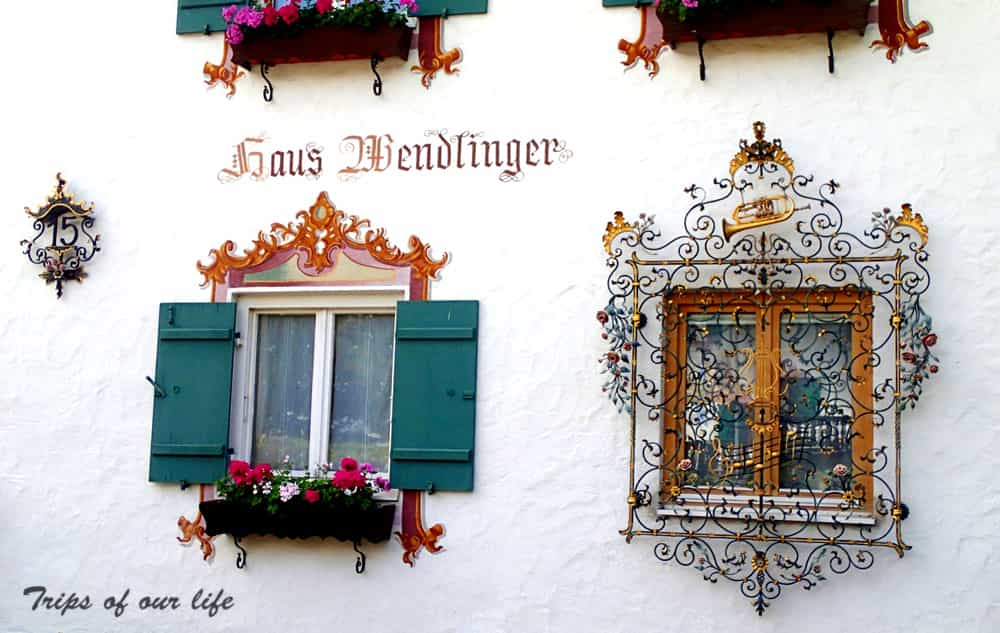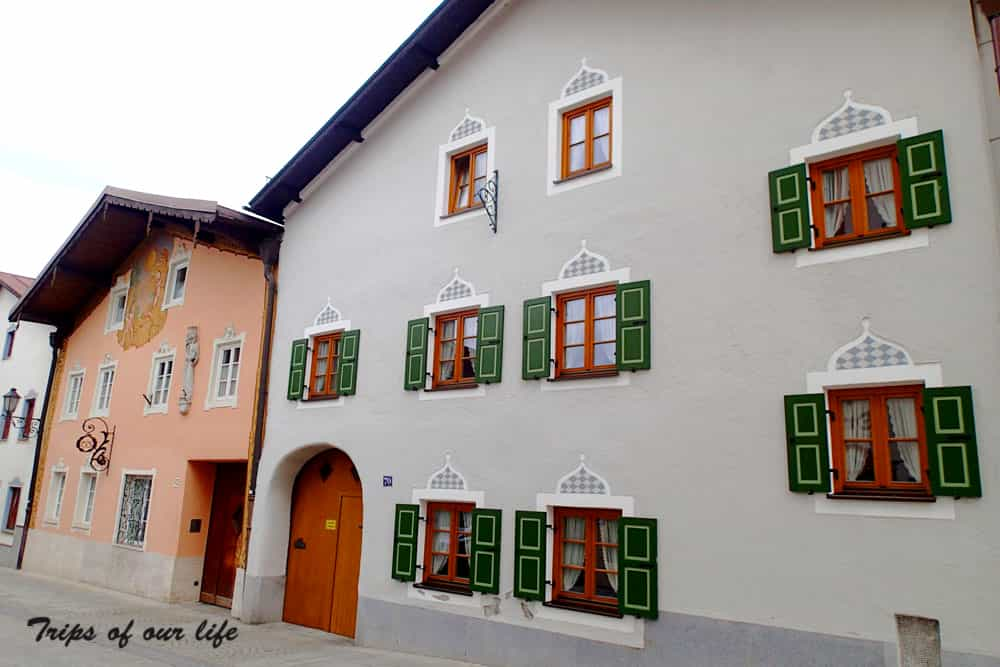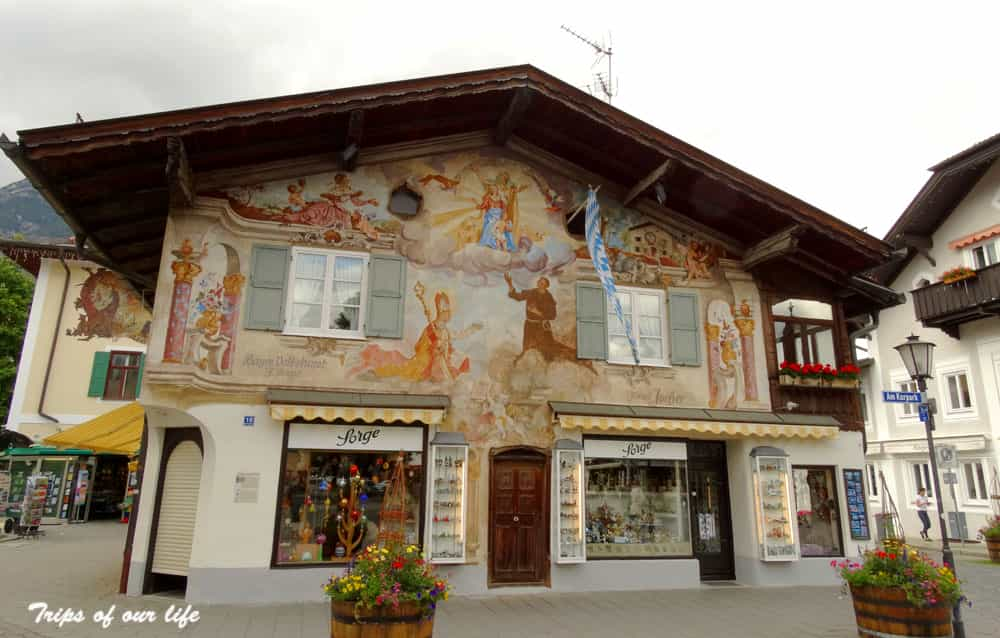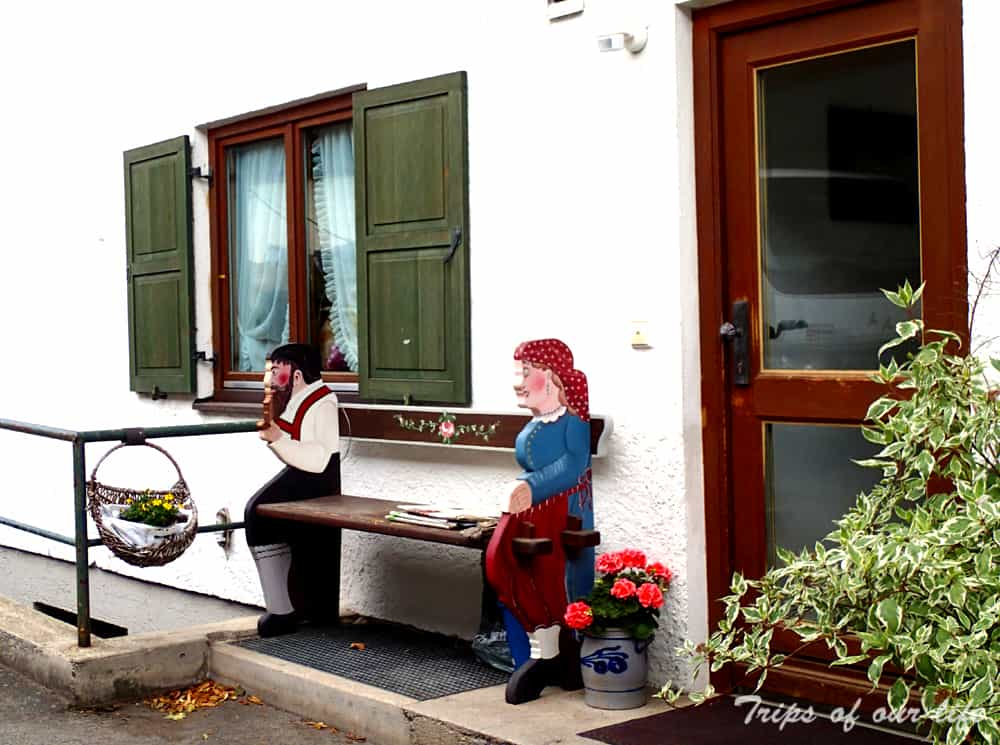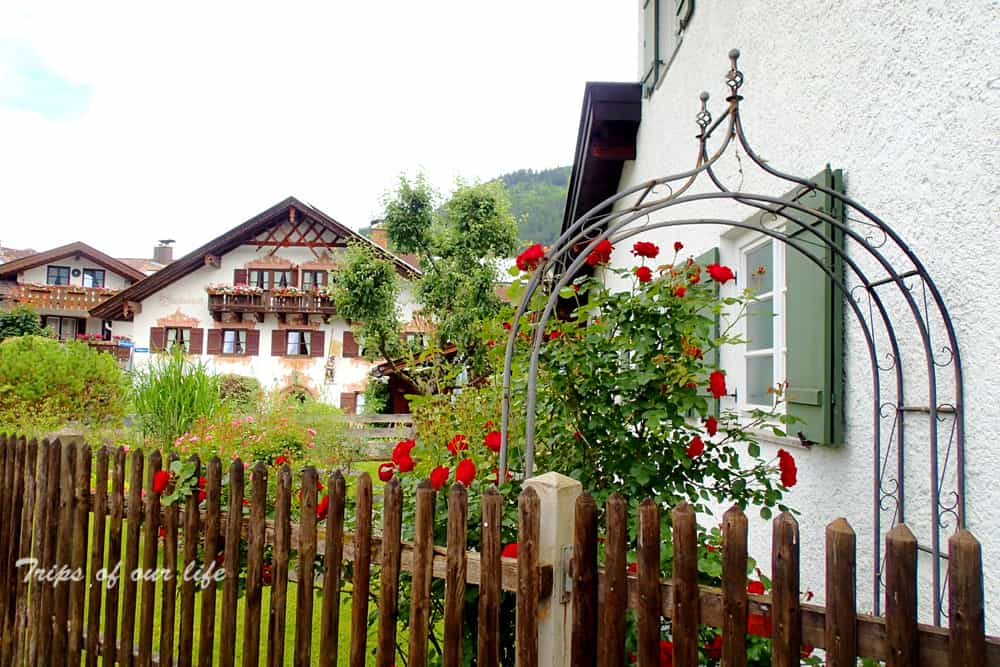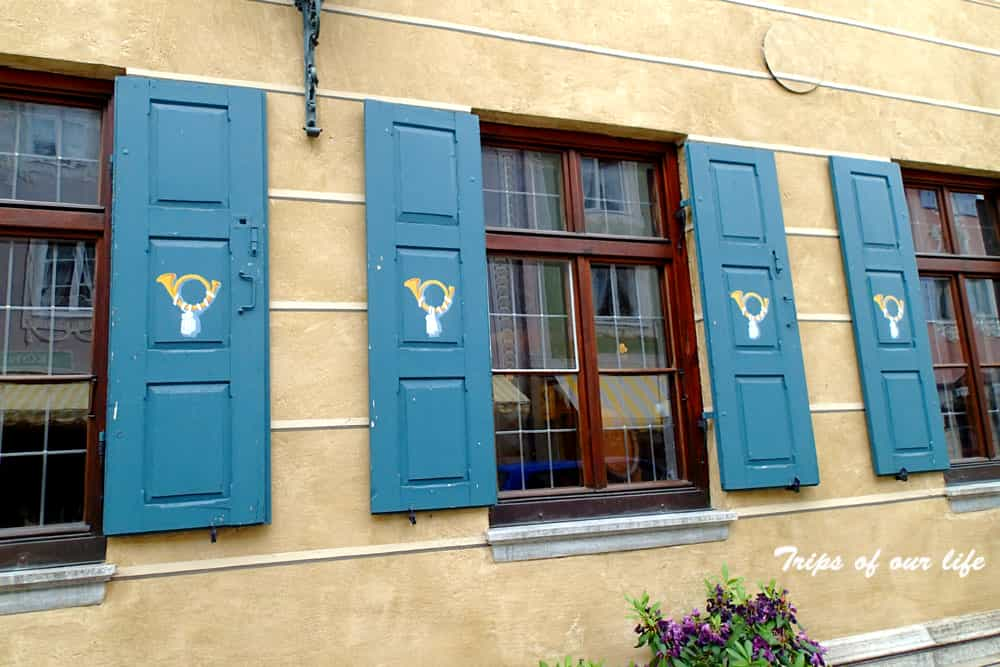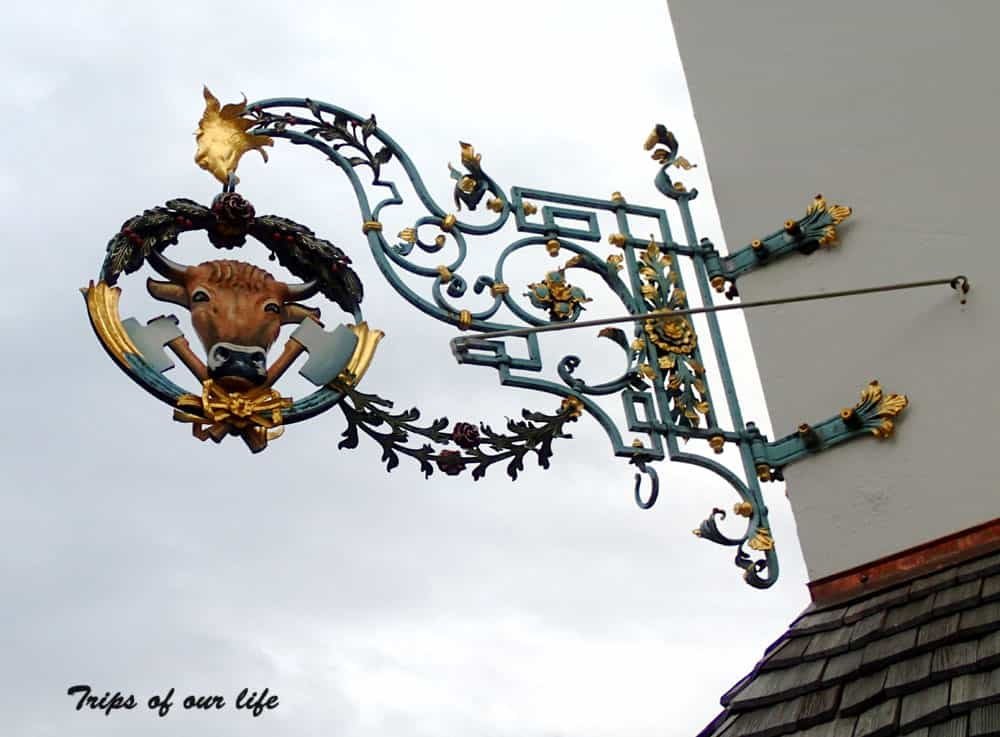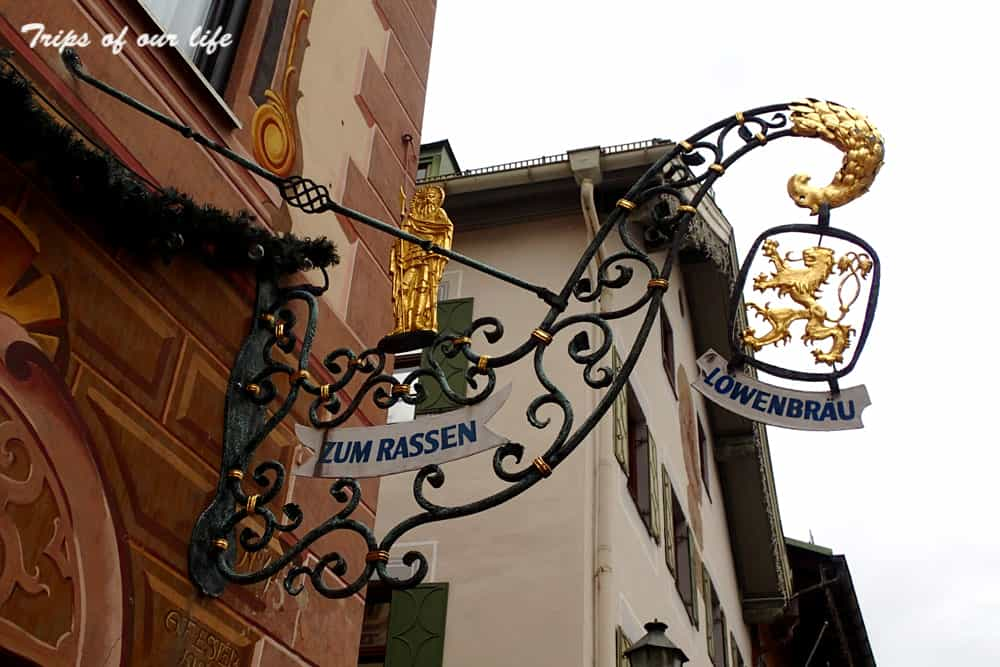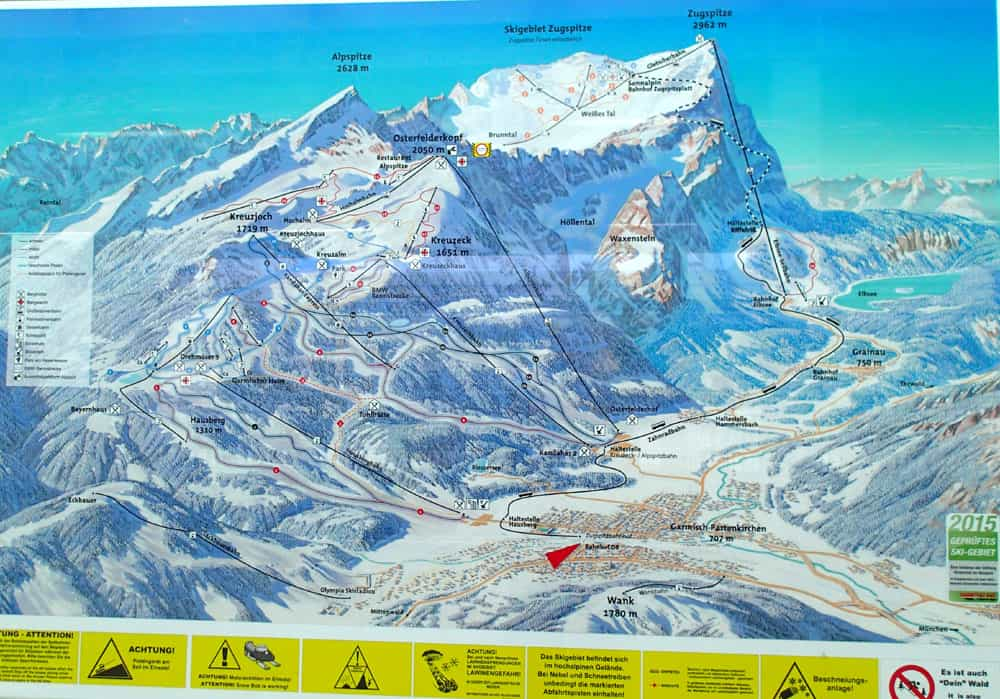The Bavarian Alps were always high to my travel list. Undoubtedly, the whole mountain range in general is one of the dreamiest places of Central Europe, especially during snowy winter days, where it looks like a fairy-tale. I hadn’t been able to visit the place to date, basically due to the high prices and the overbooked hotels. The Alpine Ski Worldcup took place during the last winter months making the area quite expensive. However, I had the chance to visit this beautiful town even for just one day last week, making a promise to return next winter.
The aristocratic town of Garmisch – Partenkirchen (there were 2 independent towns until 1935; the railway is now their natural borderline) close to the German-Austrian border, is the gate to the Bavarian Alps. It lies near the Zugspitze mountain range, in a valley full of lakes and rivers. Here, you can still find the typical Bavarian-Alpine element in the architectural style, food, people & traditions.
The Zugspitze peak – Germany’s highest (2,962m) – is not visible from GaPa and can be visited by cogwheel train and cable car. However, while walking around the town you can still view the rest of the summits, which are easily accessible by cable cars. As it is said, the panoramic view to over 400 summits in Austria, Italy, Switzerland & Germany is breathtaking. The place stands out for activity and sports: skiing, canoeing, paragliding, mountain biking & hiking. I took some accidental photos of a few paragliders (zoom in) and I have to admit I was a little bit jealous.
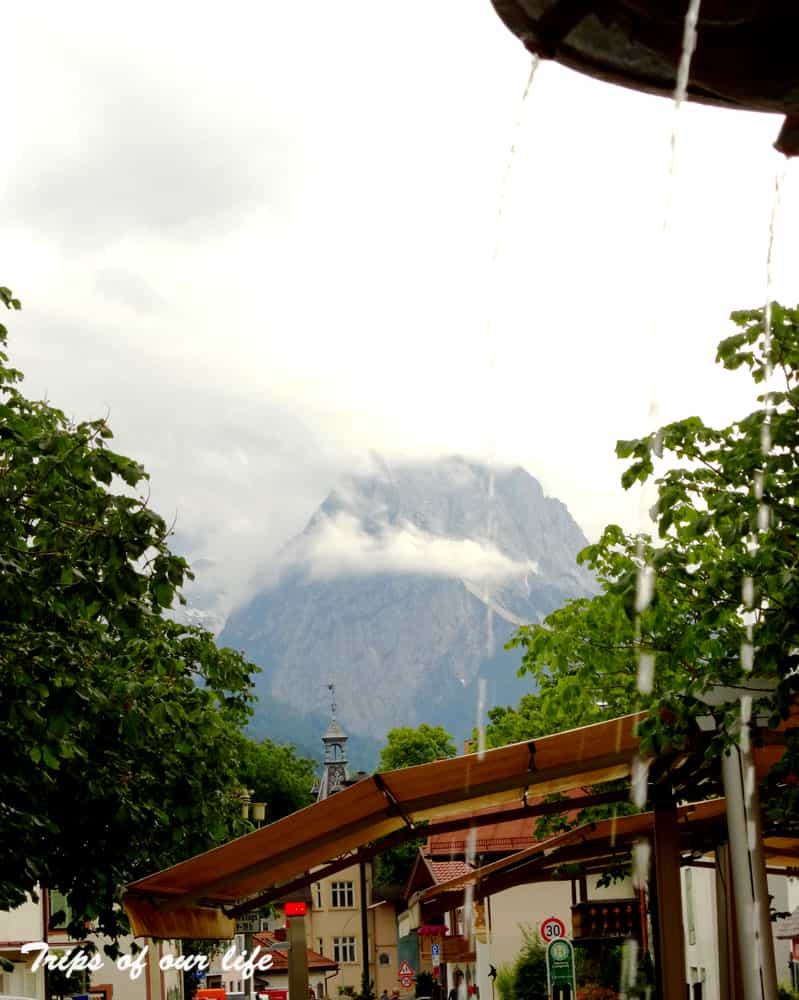
The best way to explore this classy winter resort is definitely by walking around the town. There are 2 old town centers. Partenkirchen’s cobblestone streets keep a traditional Bavarian feel, while Garmisch is considered the more modern & fashionable section. Walk down the alleys and you will be amazed by the paintings of the Alpine houses, the historical monuments, chapels and the endless mountain view. No matter where you stand in this town, your eyes lay on a peak. I could still see snow on them even though the temperature was high for that region. Unfortunately, I didn’t have enough time to get on to the mountains, but it is certainly my fist priority for the next winter.
The main attraction of the place, together with its location, is the architectural style. I didn’t know where to look first! The Bavarians have a long history of decorating the exteriors of their buildings with both religious and historic paintings. The structure is also amazing: Alpine wooden houses with magnificent façade paintings, beautiful flowers on the picturesque wooden balconies and neat gardens. The 2 most important cobblestone streets of the old town centers (Ludwigstr. & Fruhlingsstr.) are full of this kind of paintings, which represent stories of the Bible or the houses, the locals, the region and the customs.
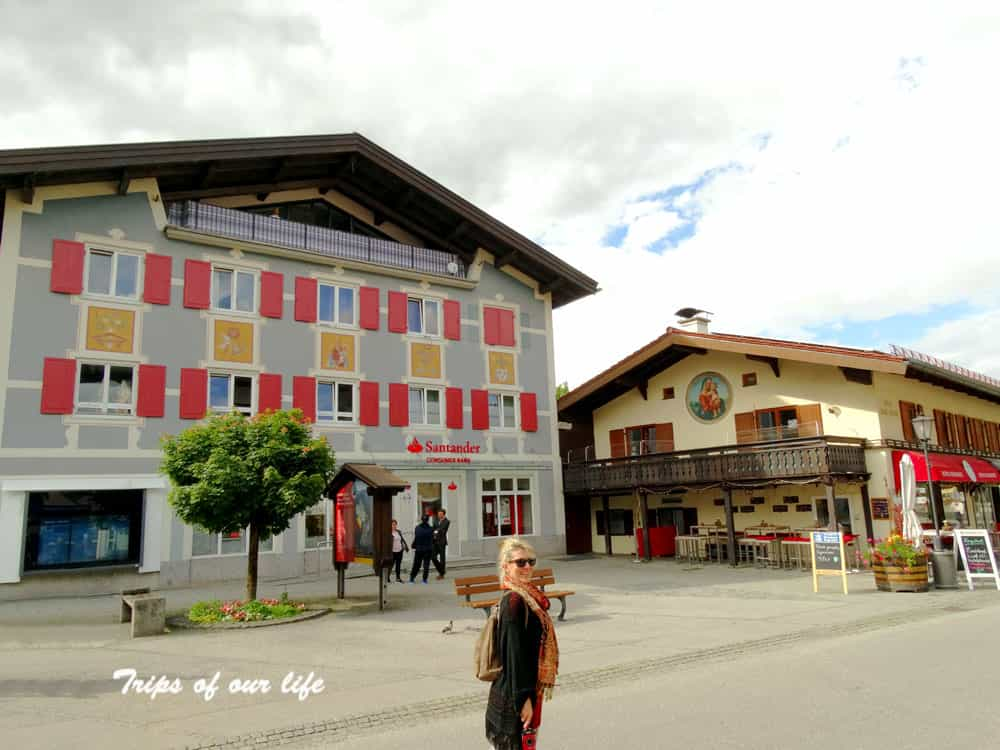
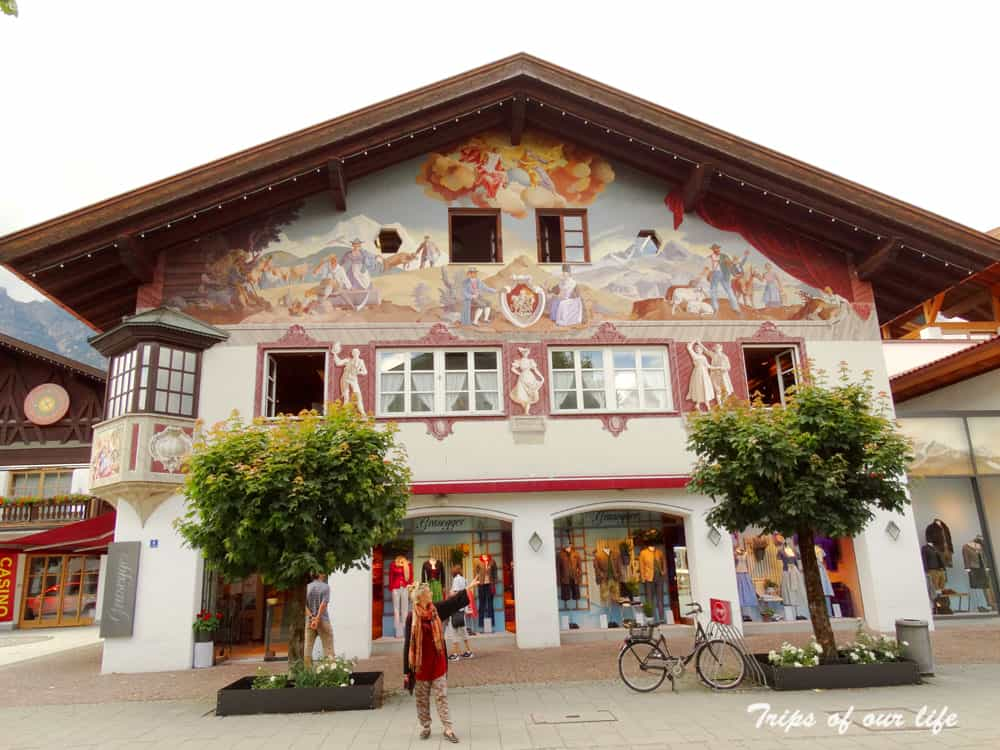
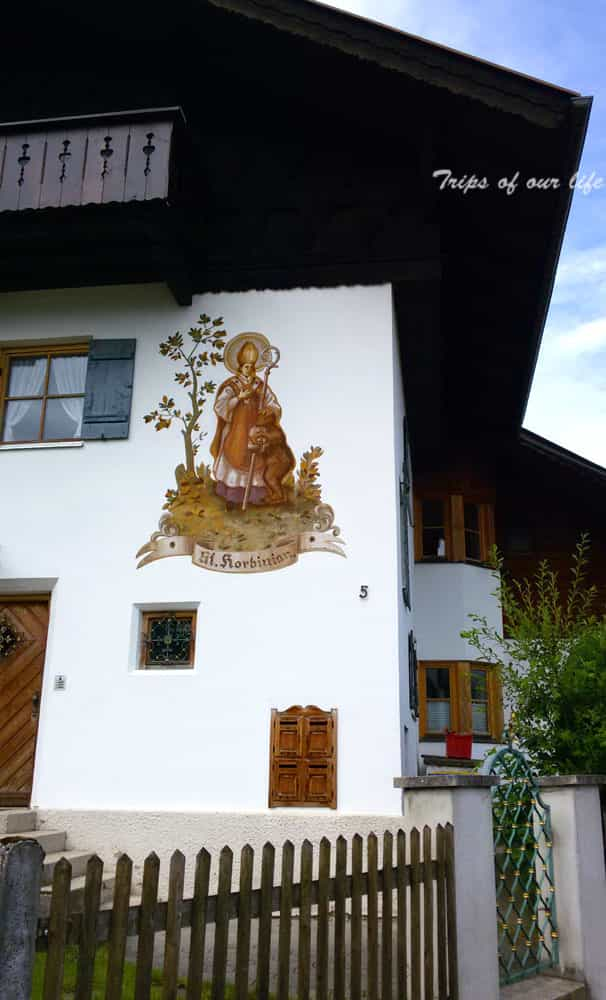
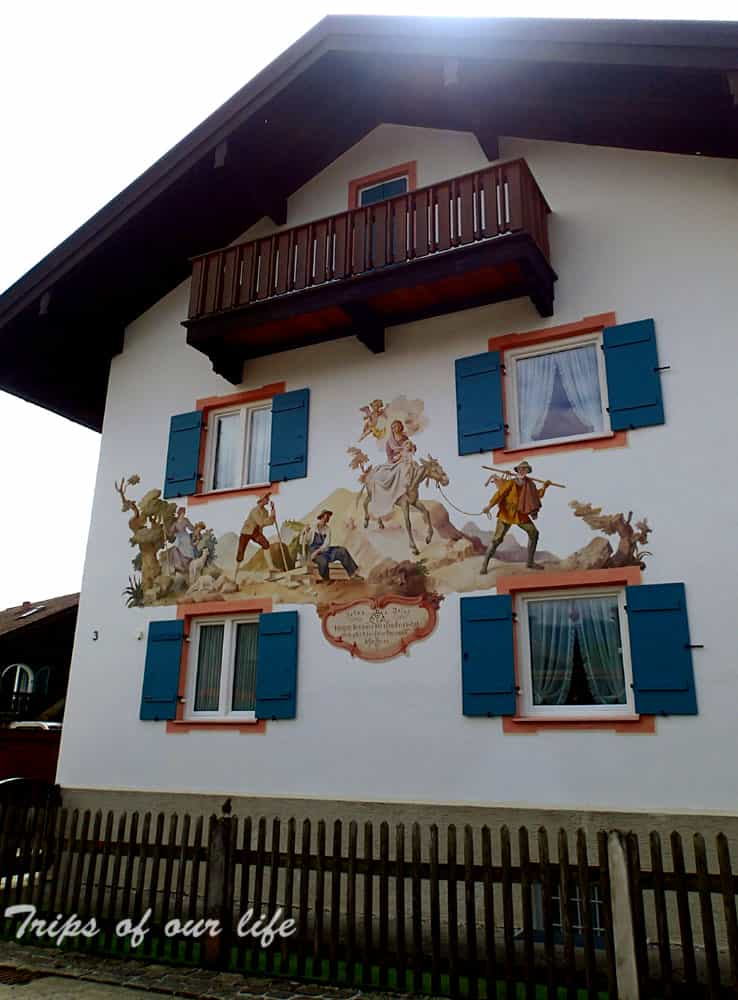
I really enjoyed walking around the colorful alleys and breathing the fresh mountain air!
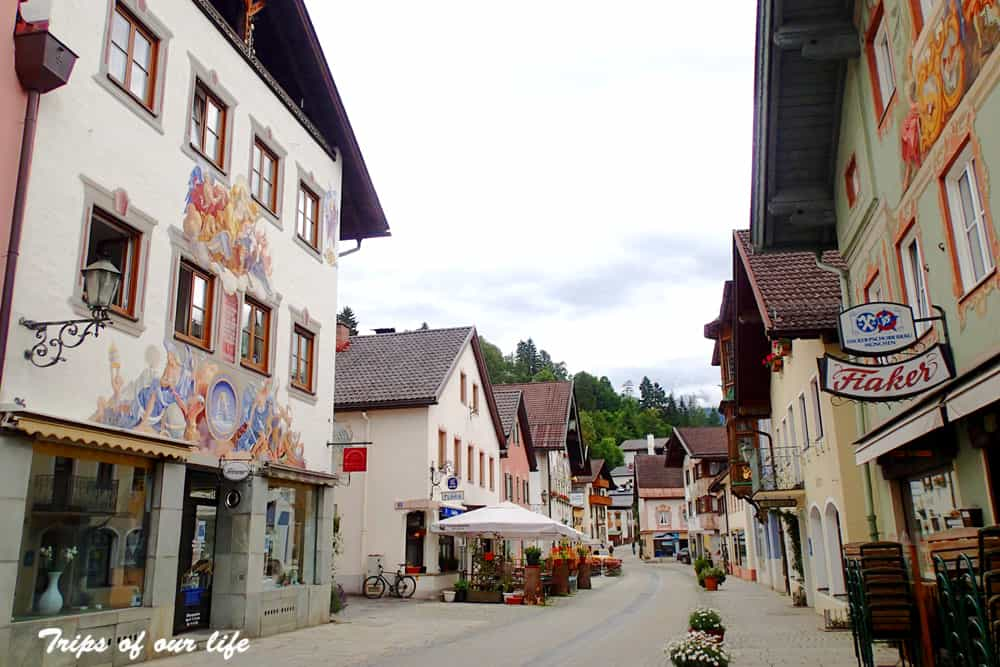
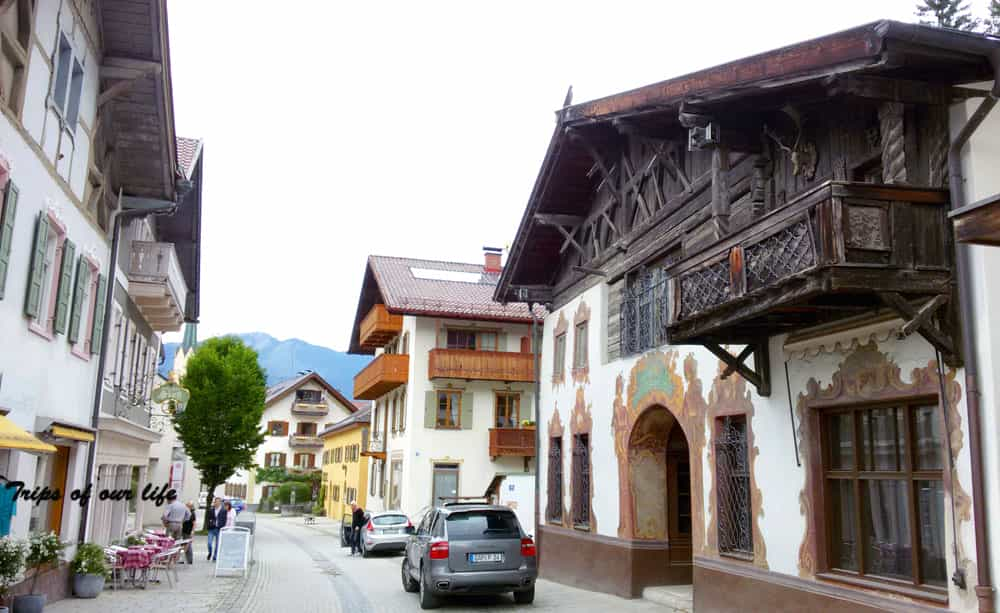
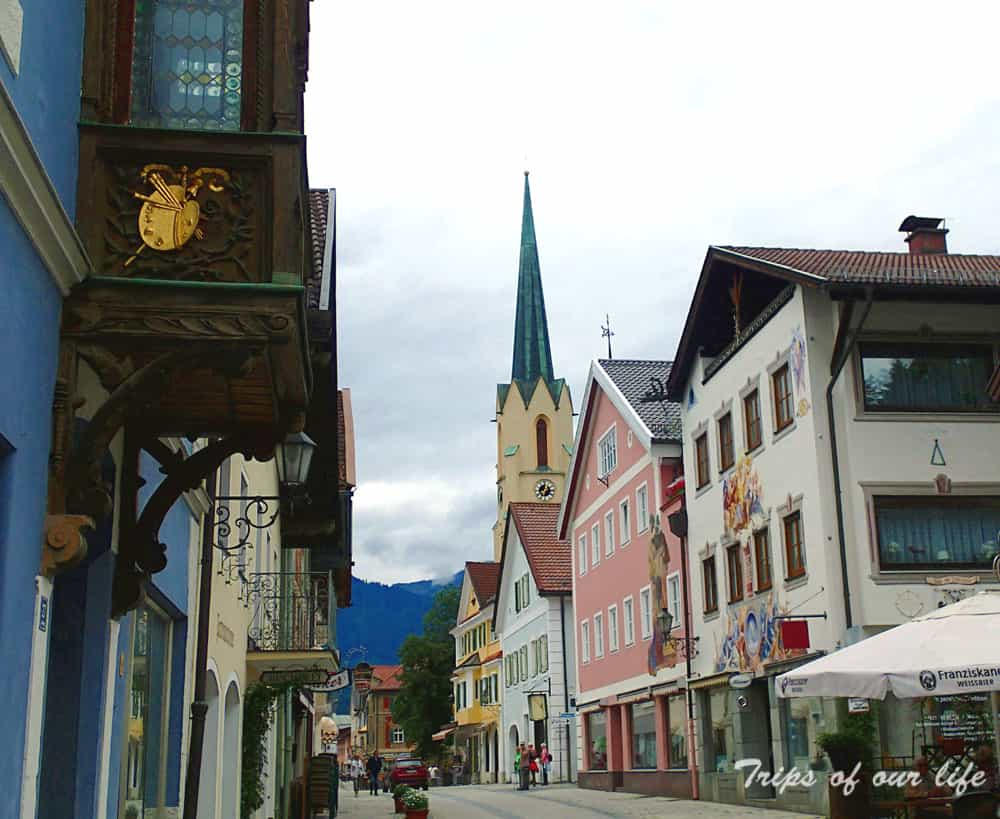
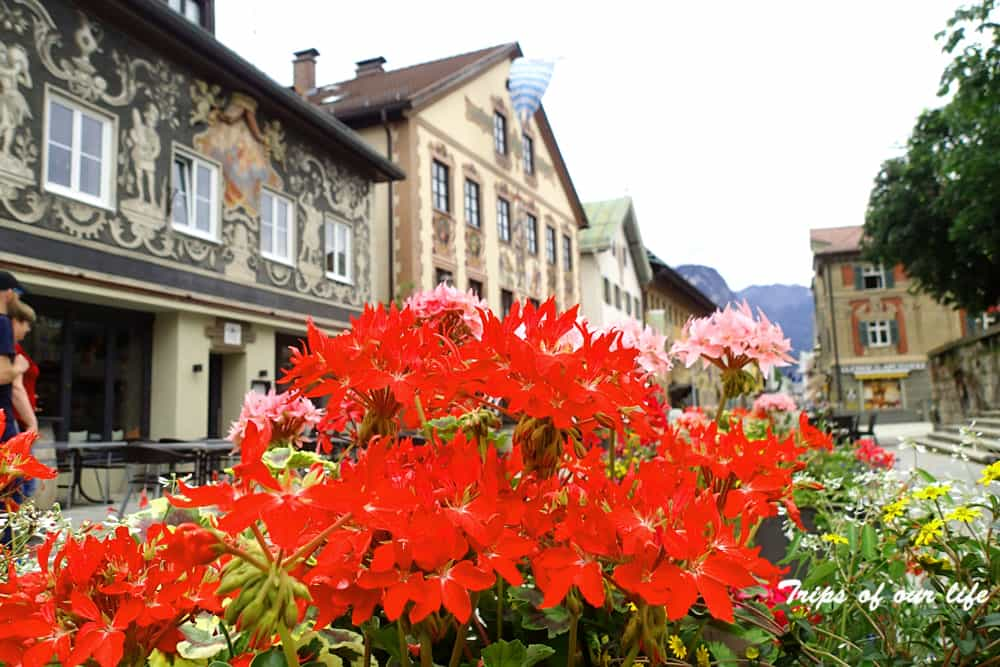
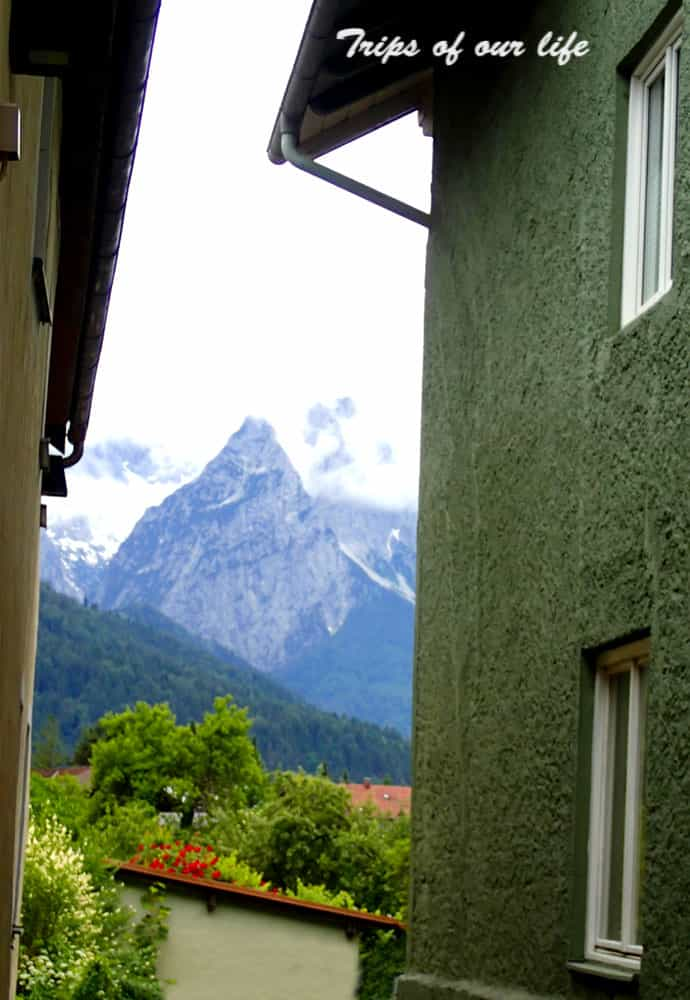
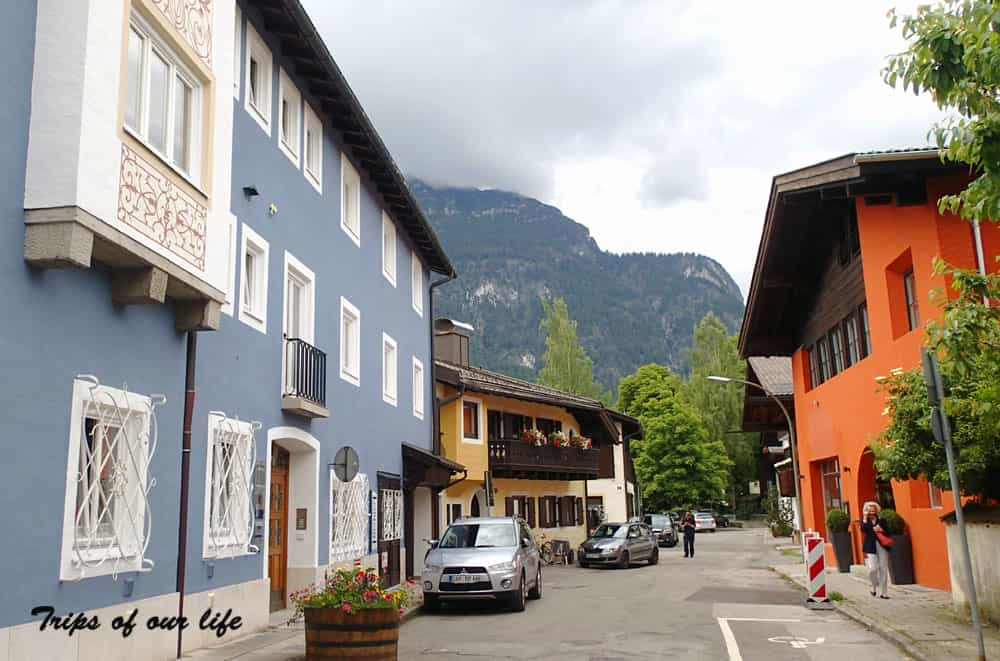
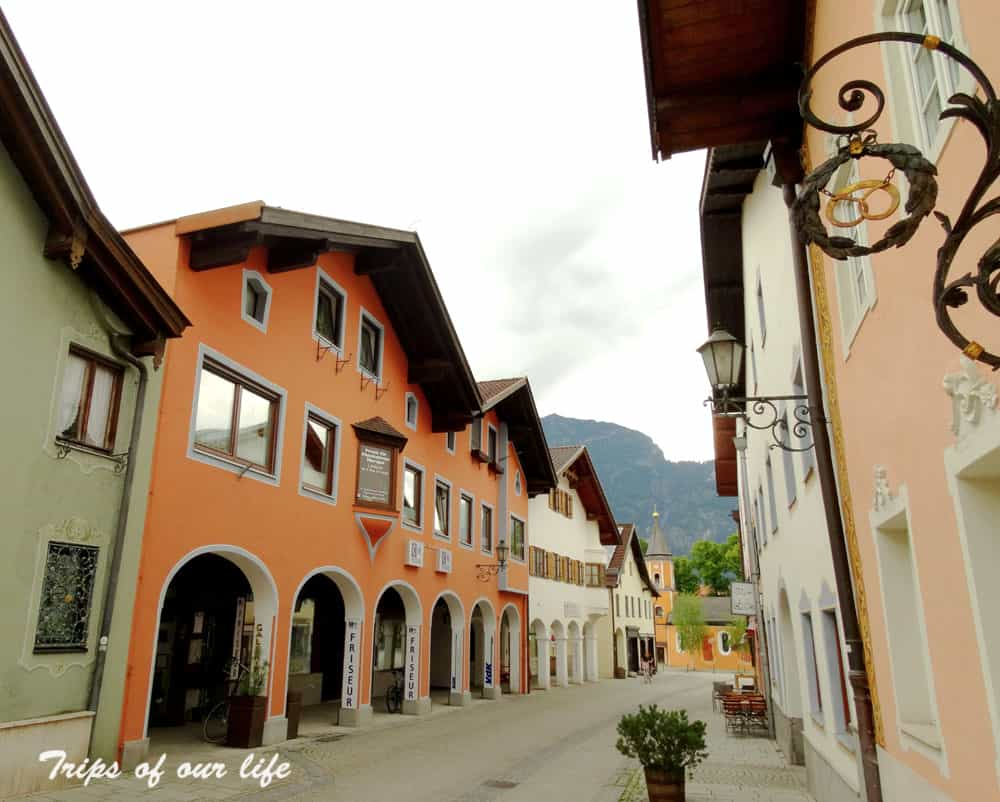
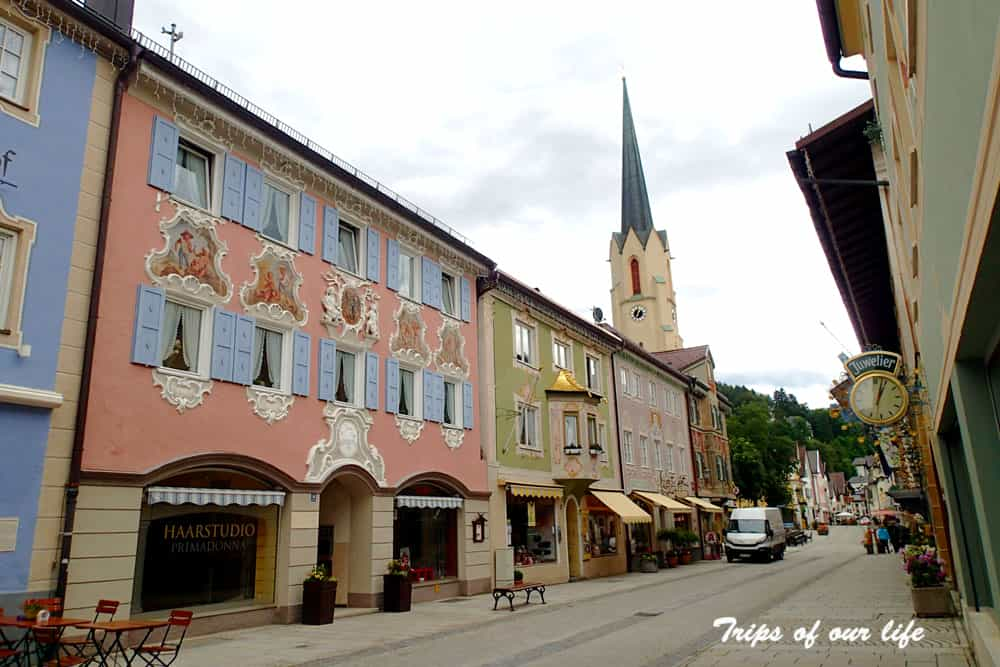
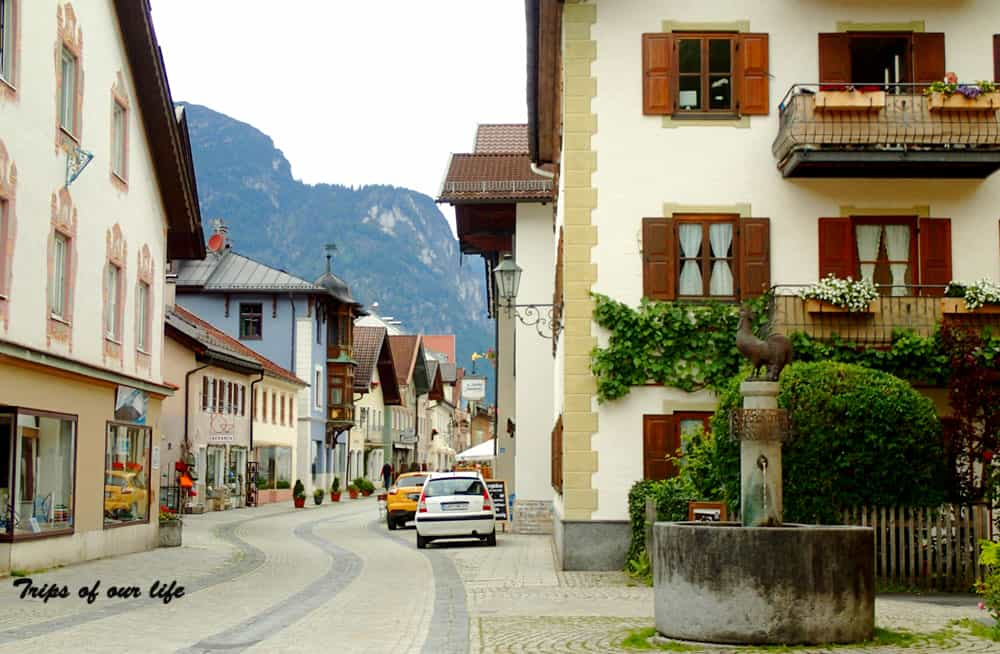
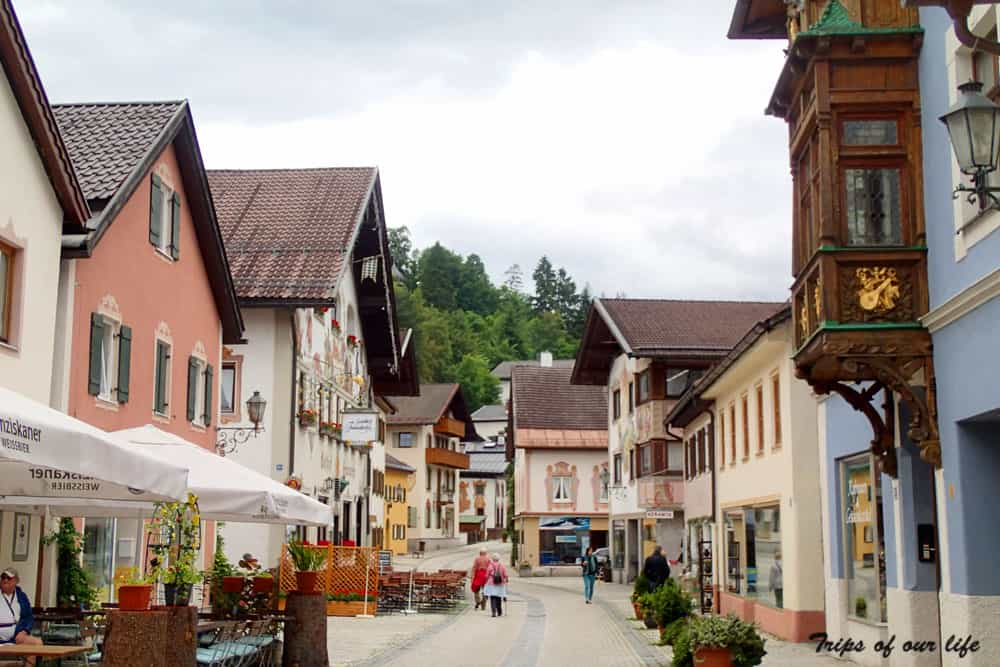
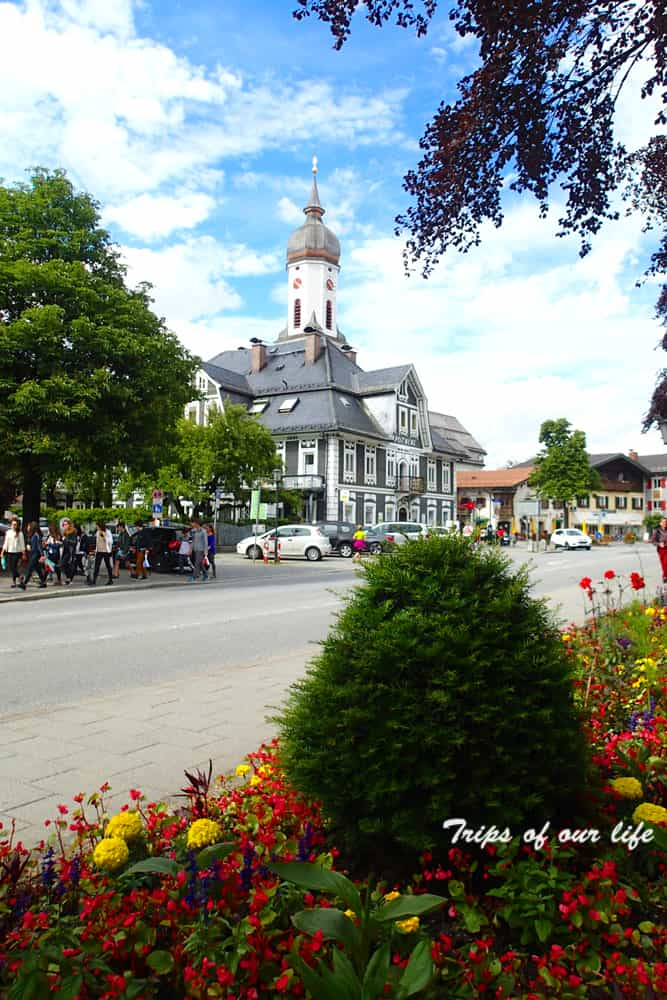
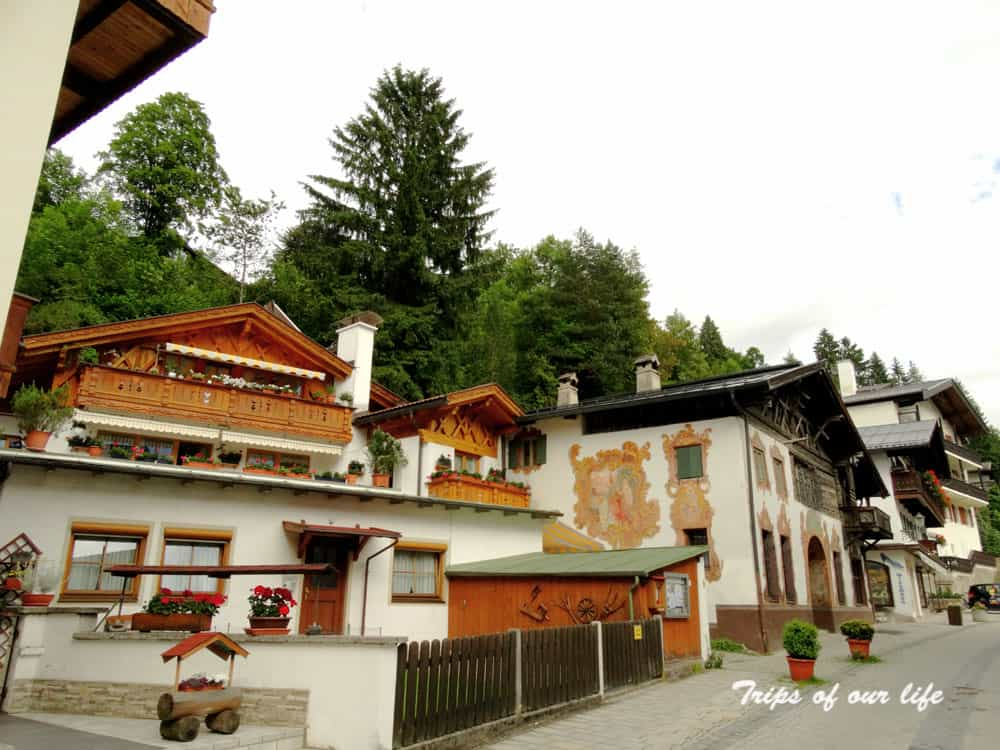
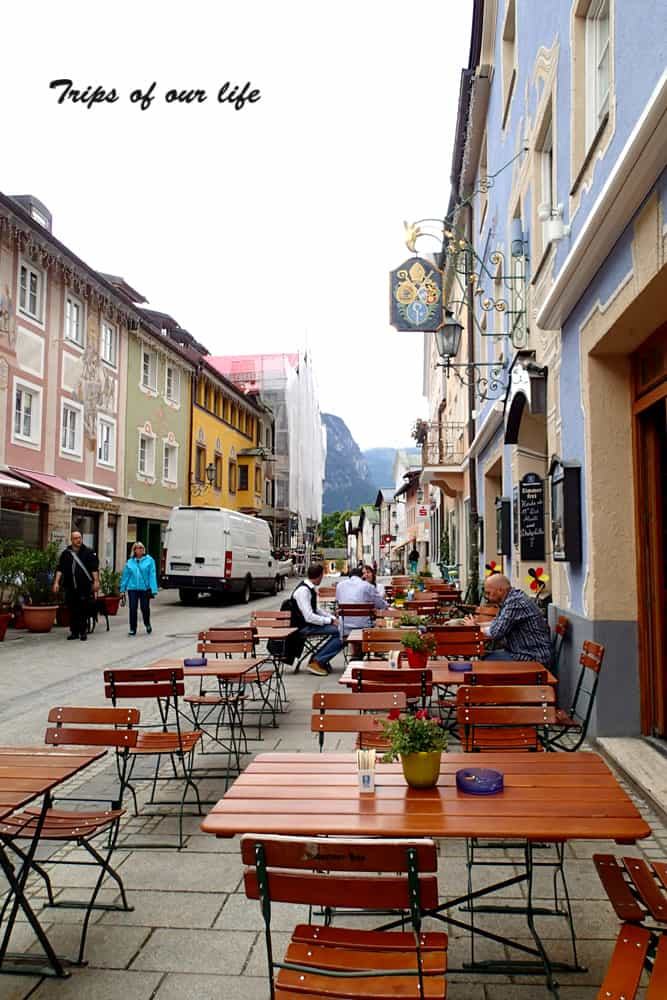
The small details make the difference here. Religious signs on the walls or in their gardens, benches looking like Bavarian figures, naughty “pets” on the fences, colors everywhere….
Chatting with my new local friends…
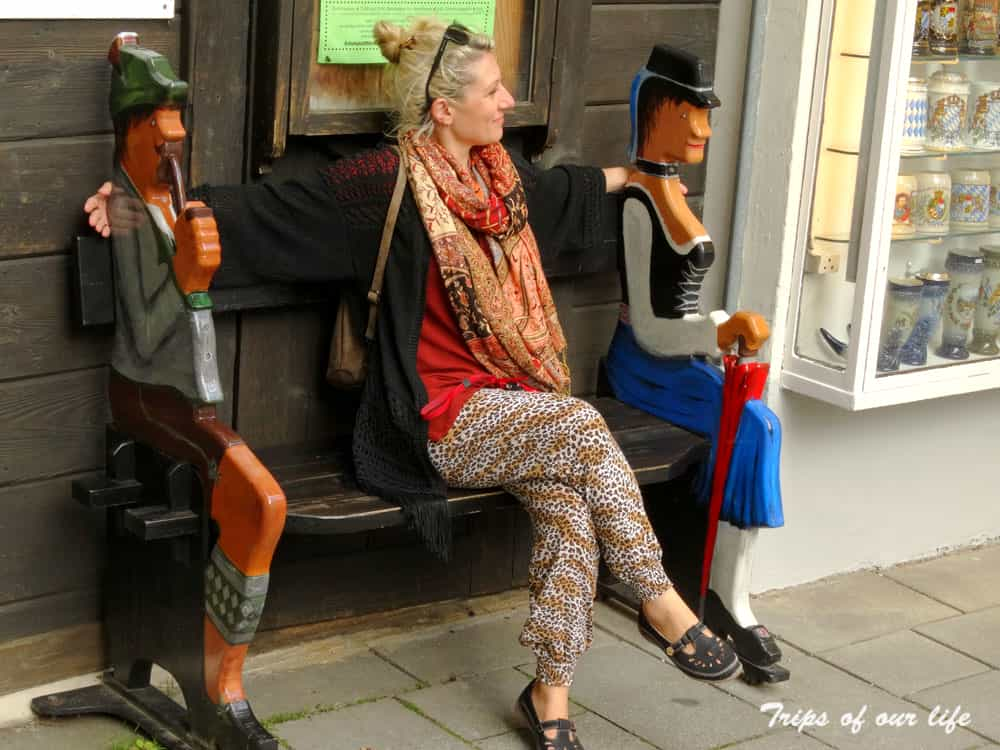
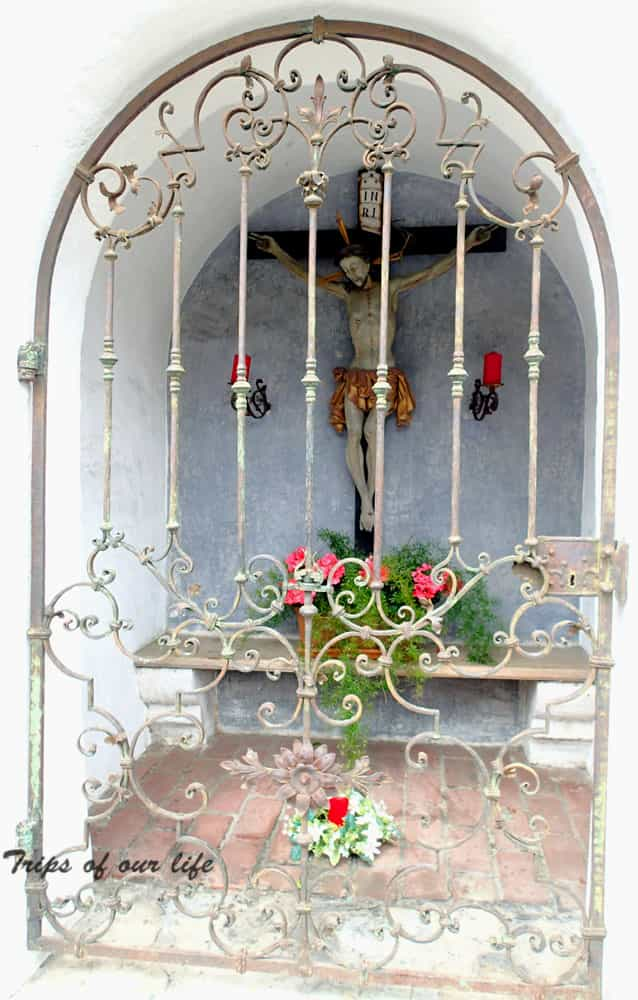
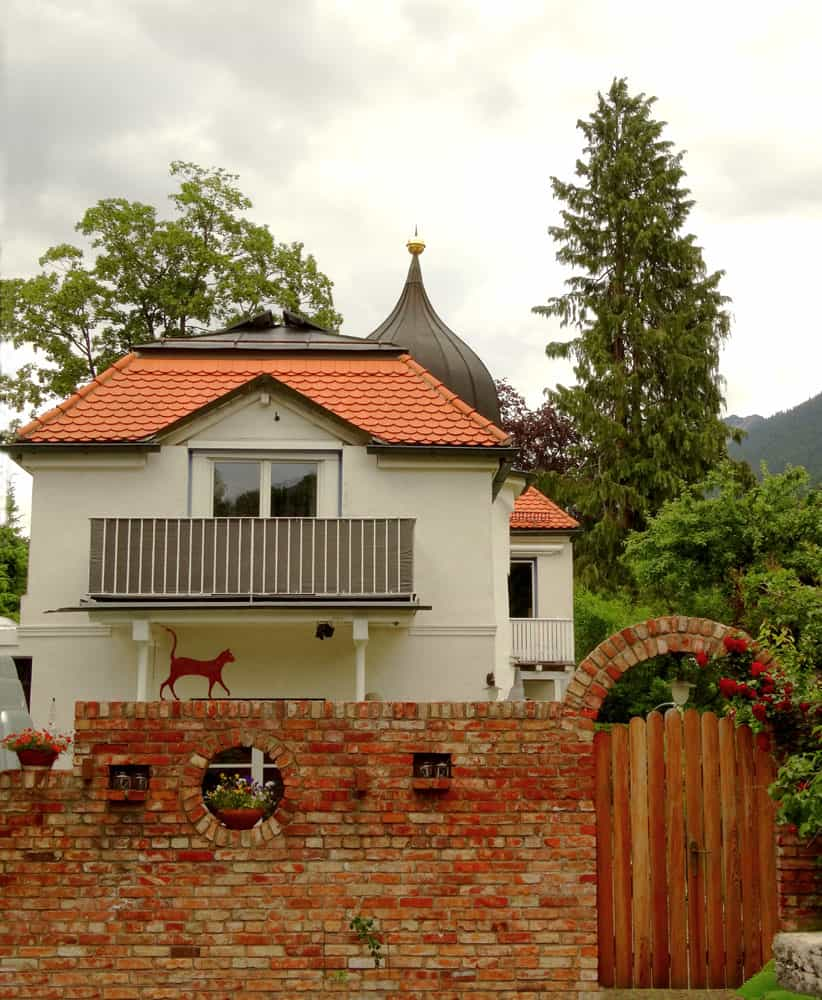
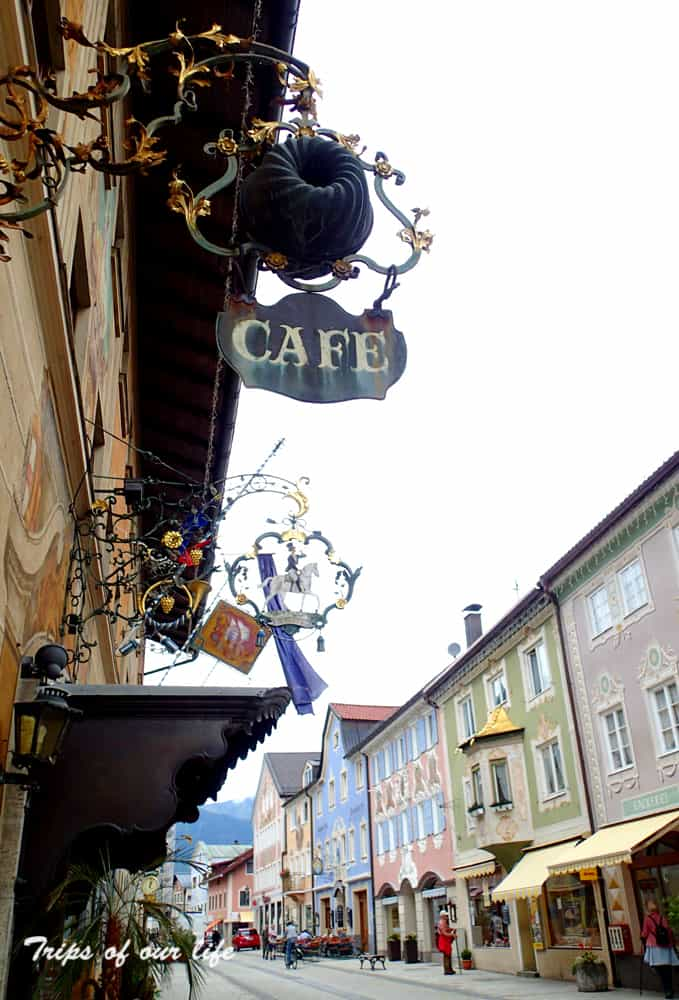
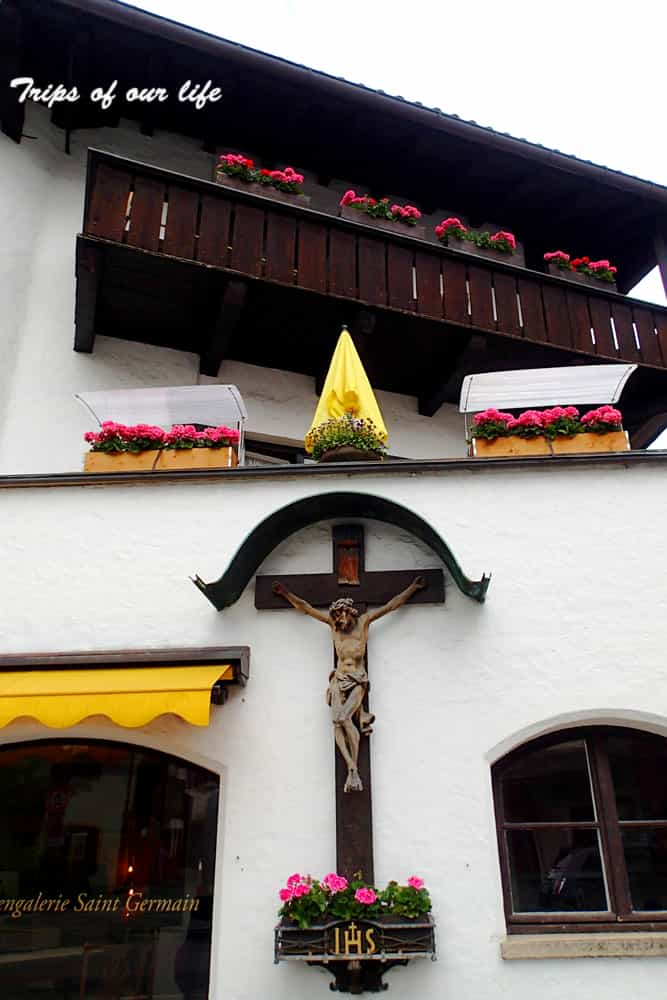
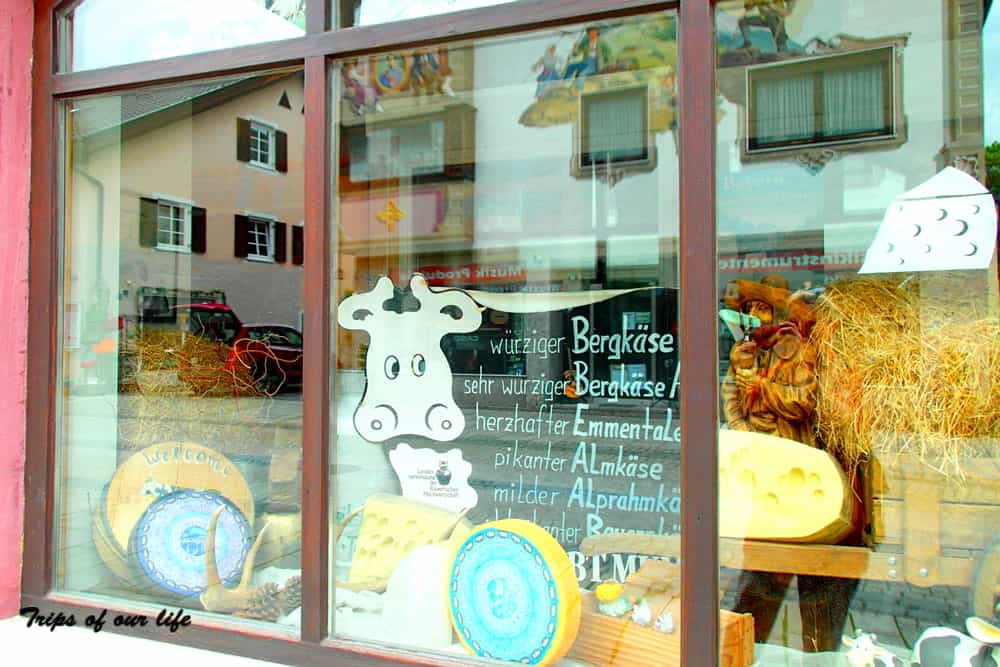
The main points of interest:
The colorful Rathaus (TownHall), churches built on the mountains, luxury Alpine hotels, the old chapel of St. Sebastian with the former plague cemetery and the paintings of the 4 Horsemen of the Apocalypse, and many more.
You don’t need to try hard for a lunch or coffee in a cozy atmosphere. You can find national and international cuisine, from traditional Bavarian restaurants to Italian cellars for wine and desert, as well as luxury cafeterias. I chose to have a typical Bavarian dish, the Nuremberg’s sausages.
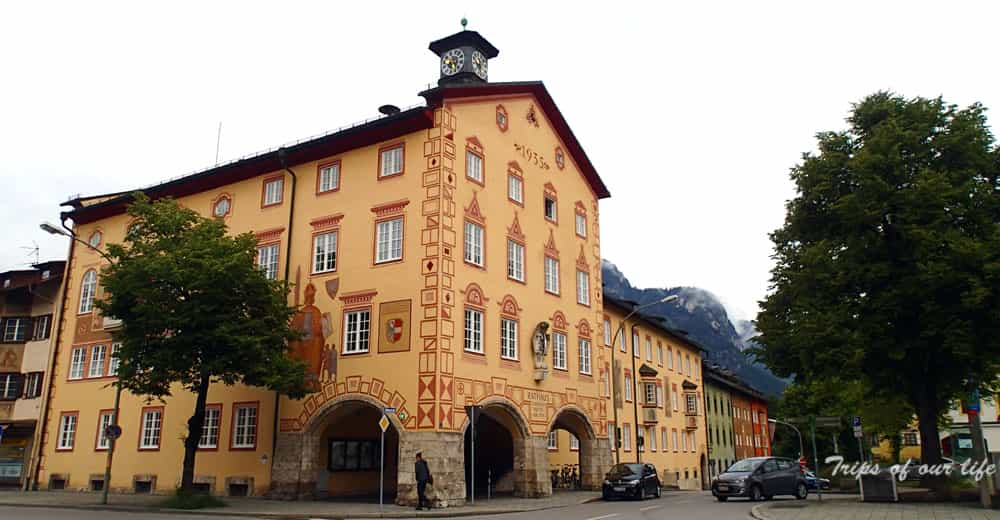
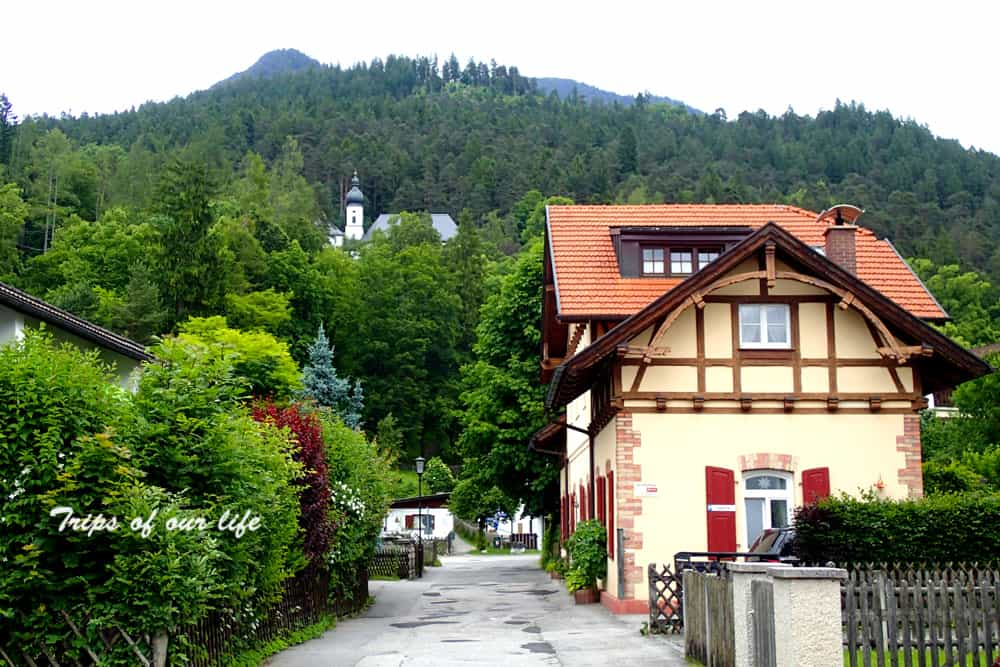
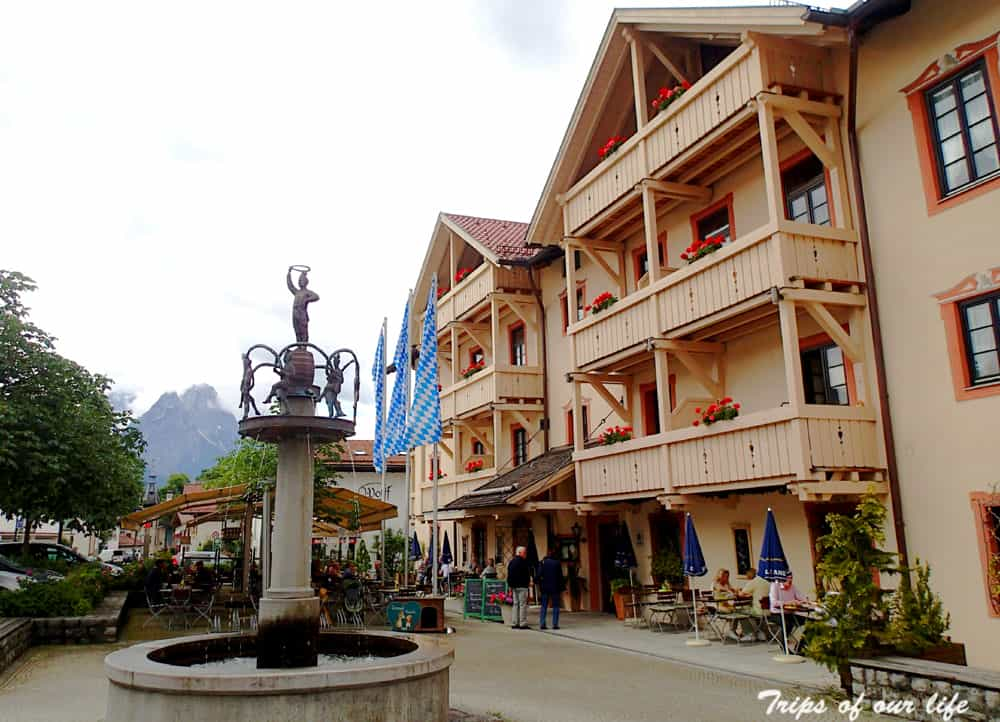
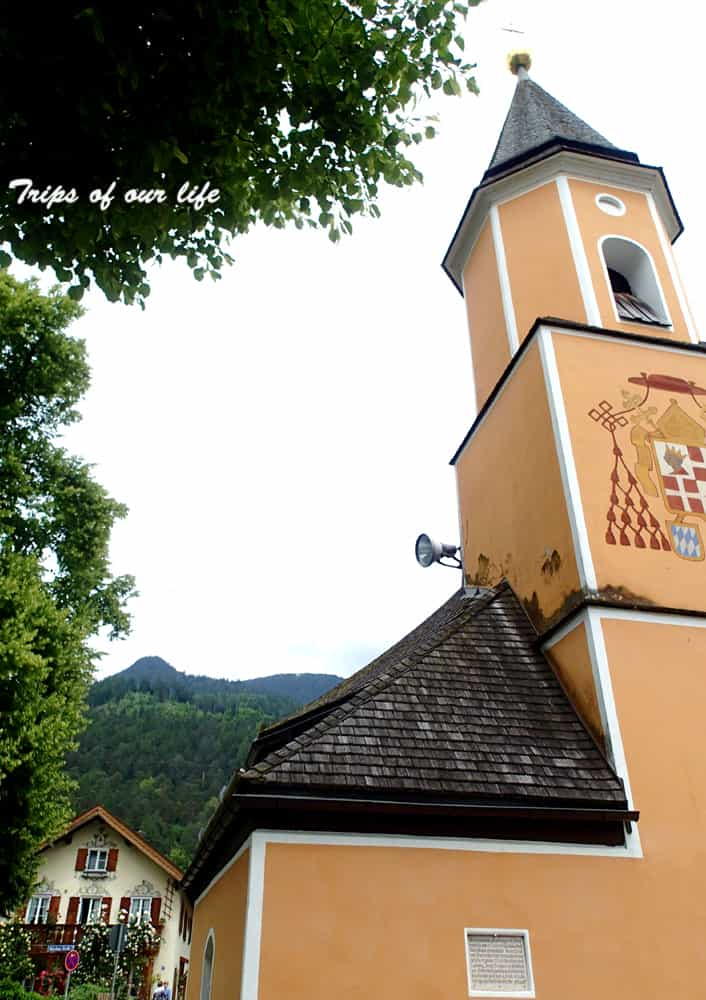
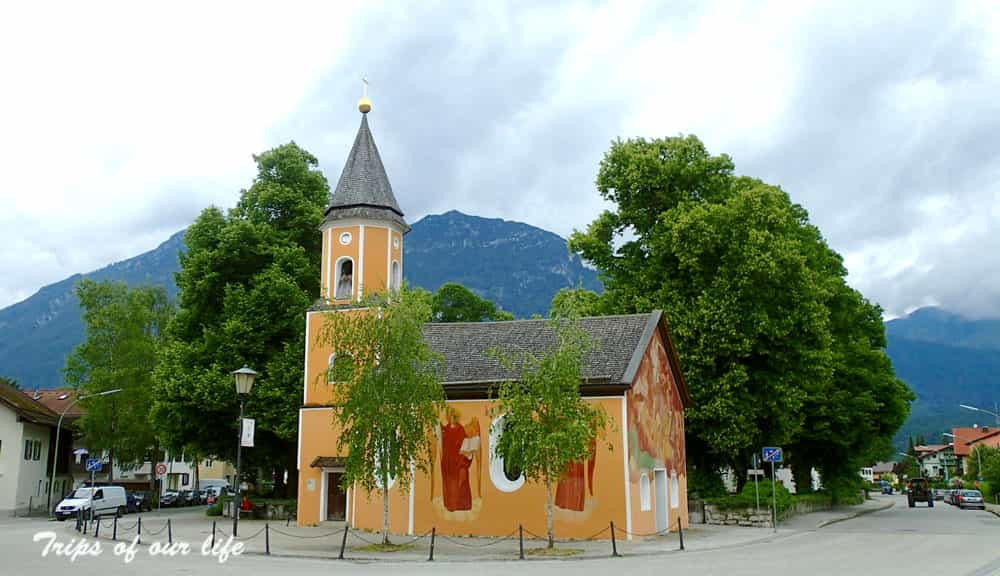
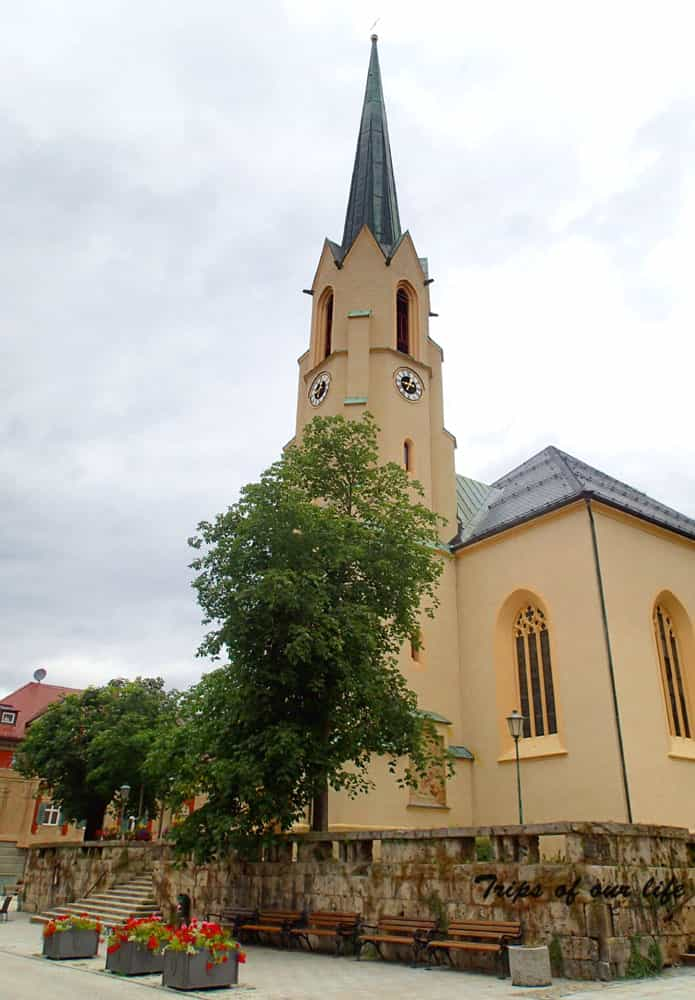
The town is located about 90 km south of Munich close to the Austrian borders and can be visited by car or train
